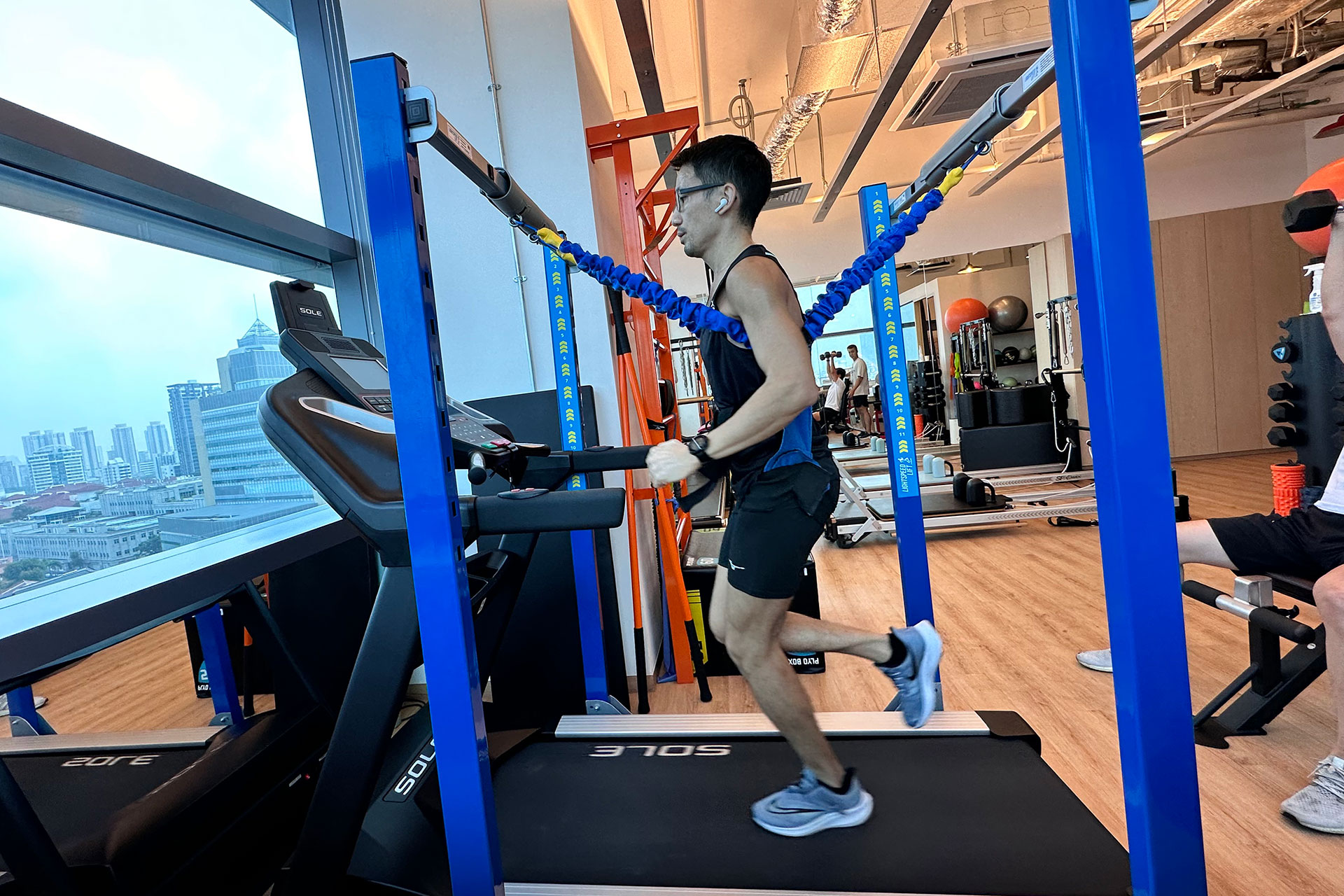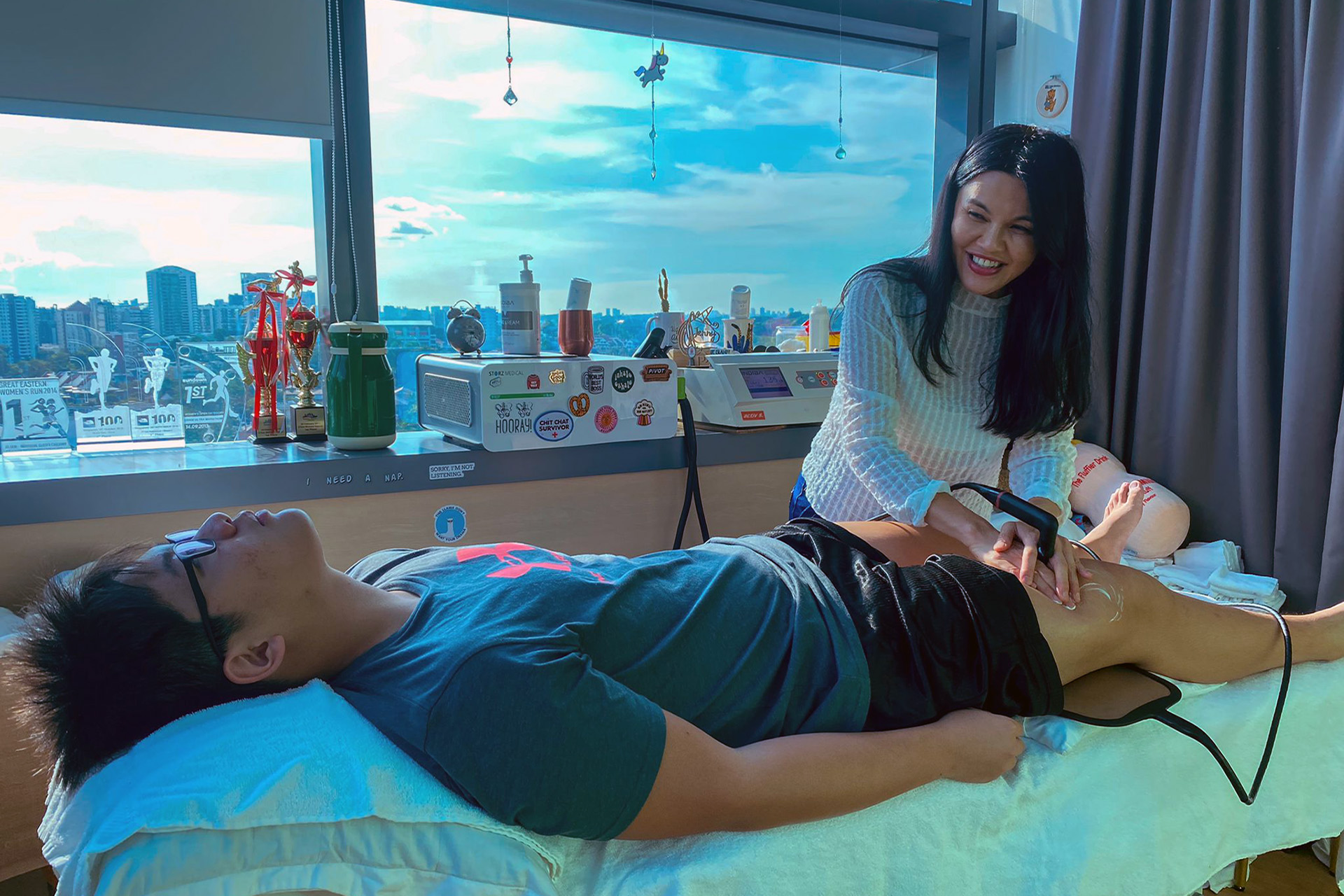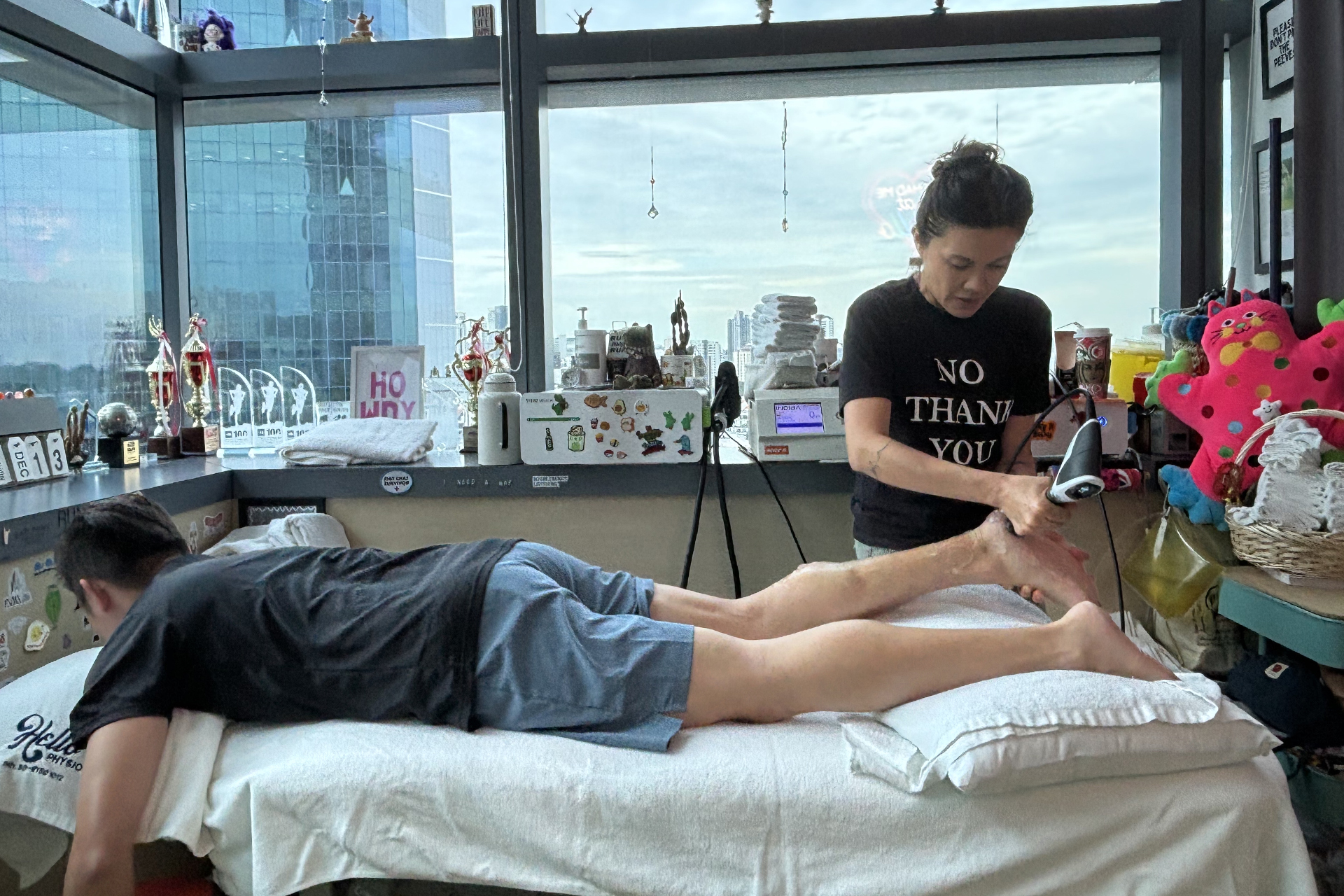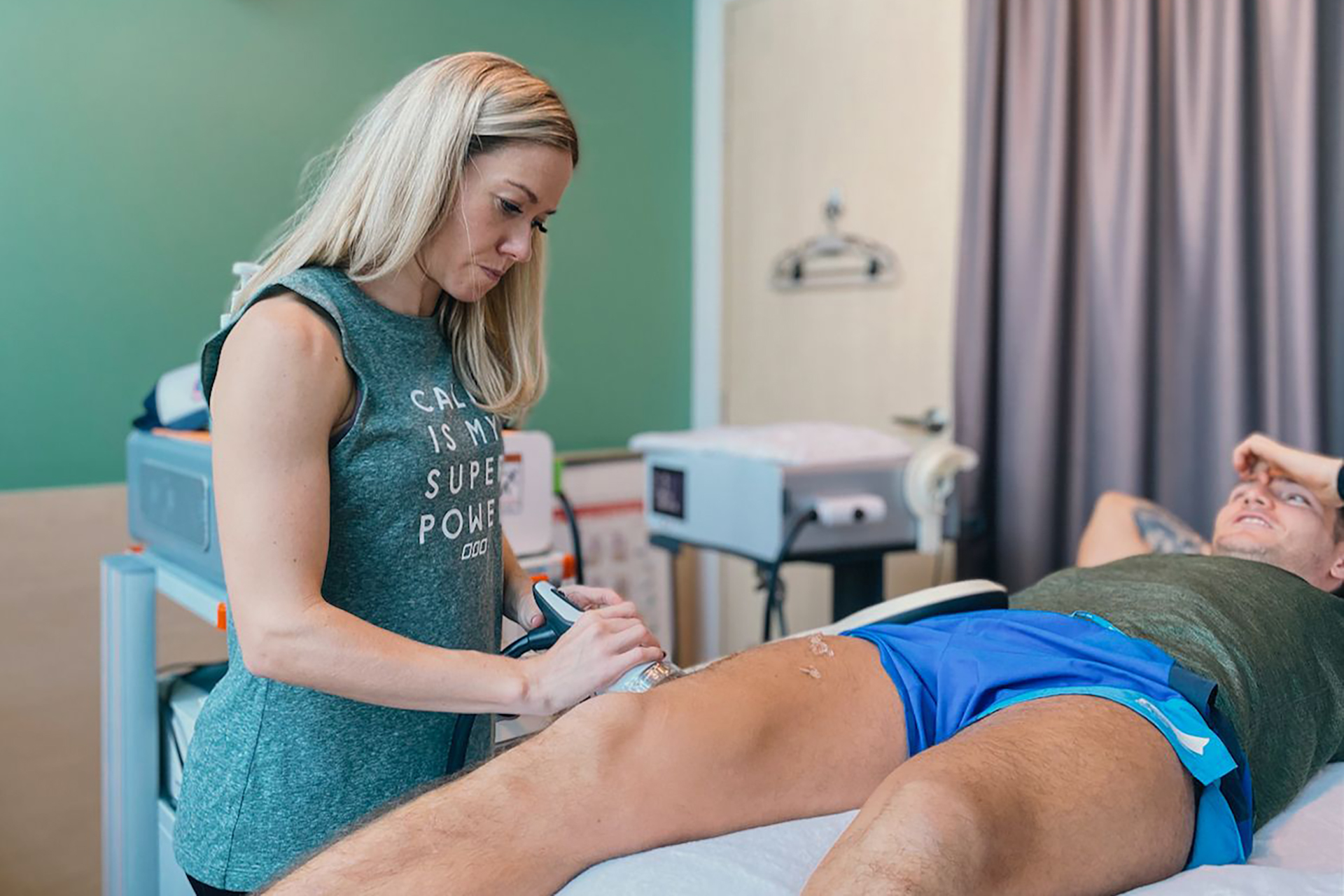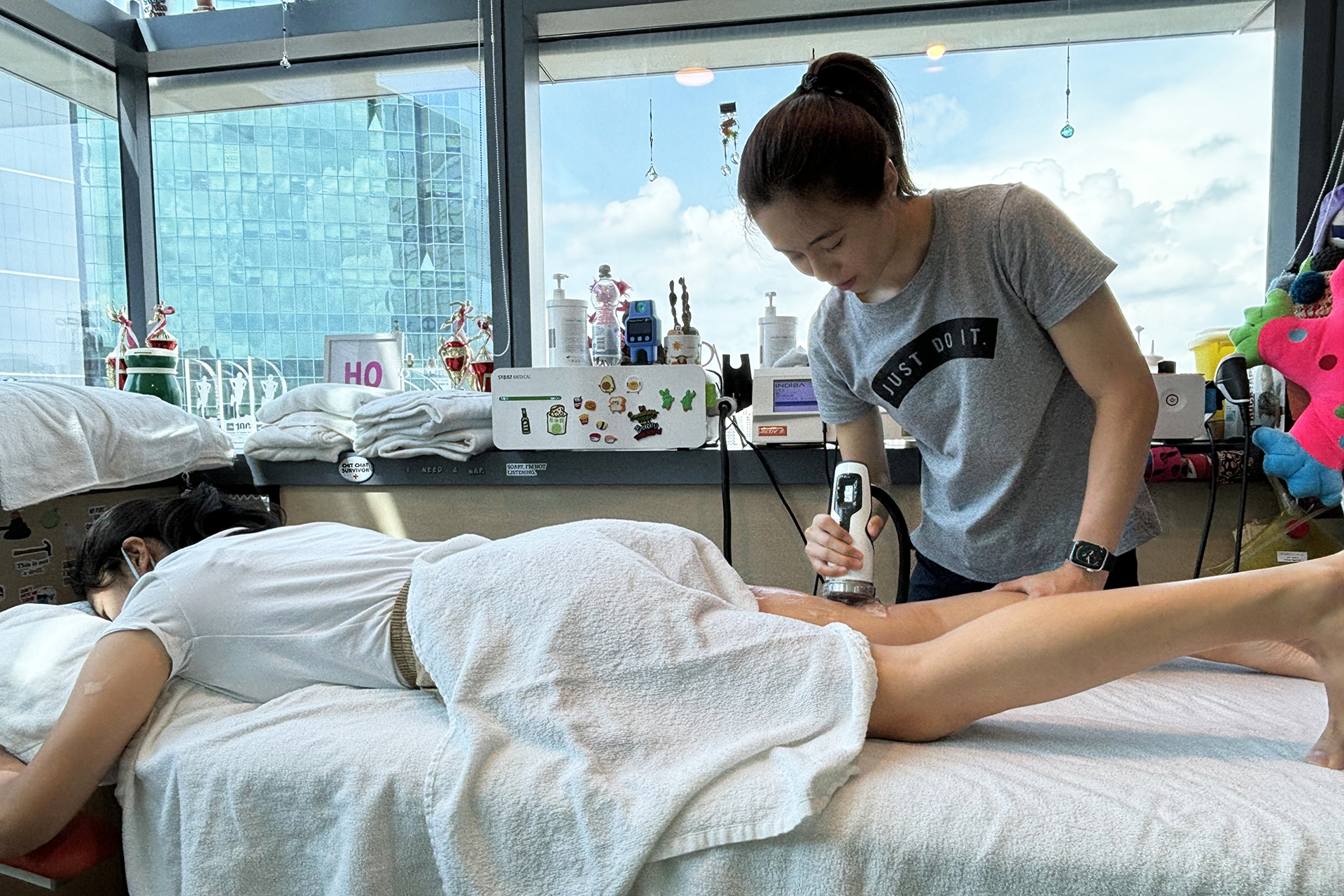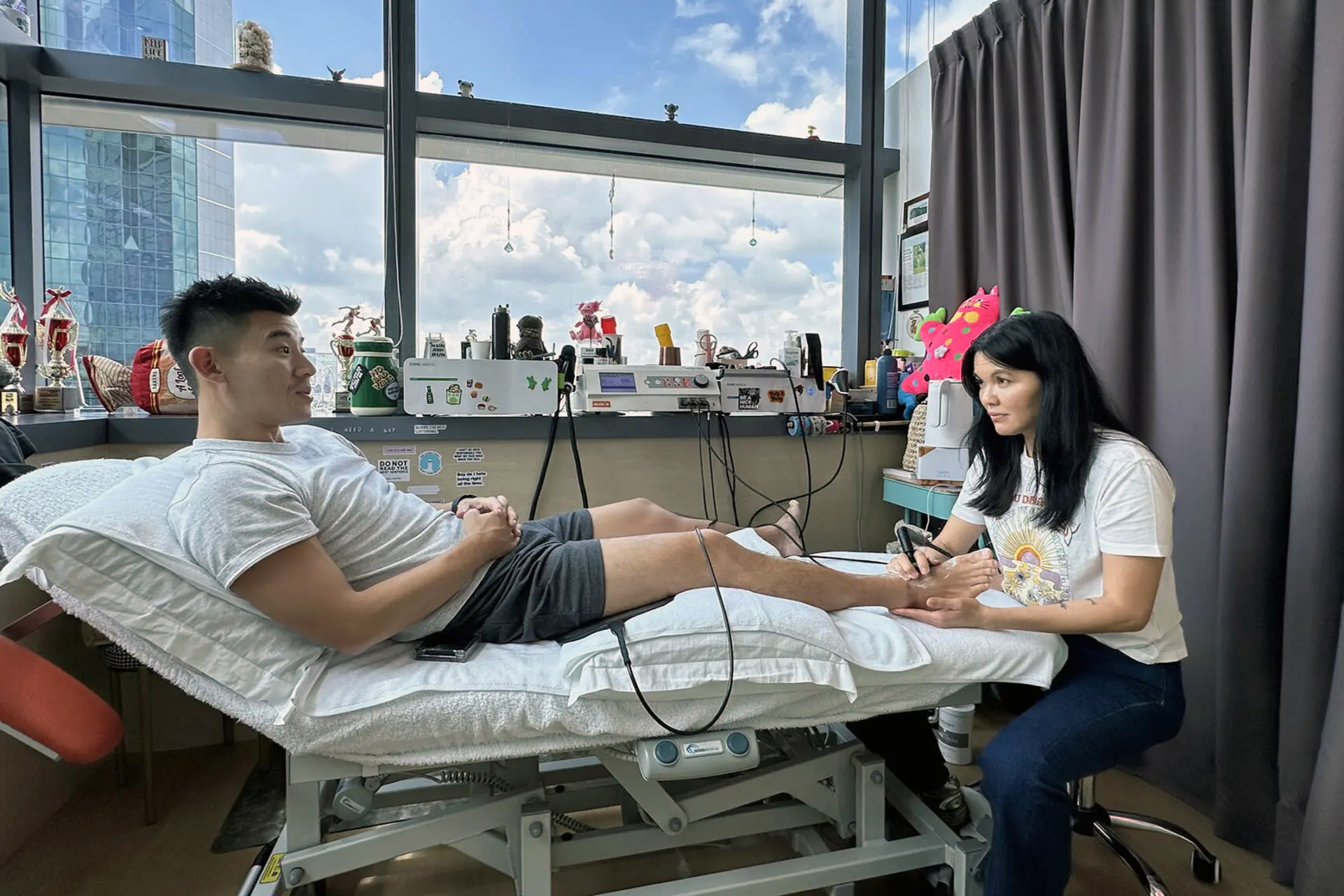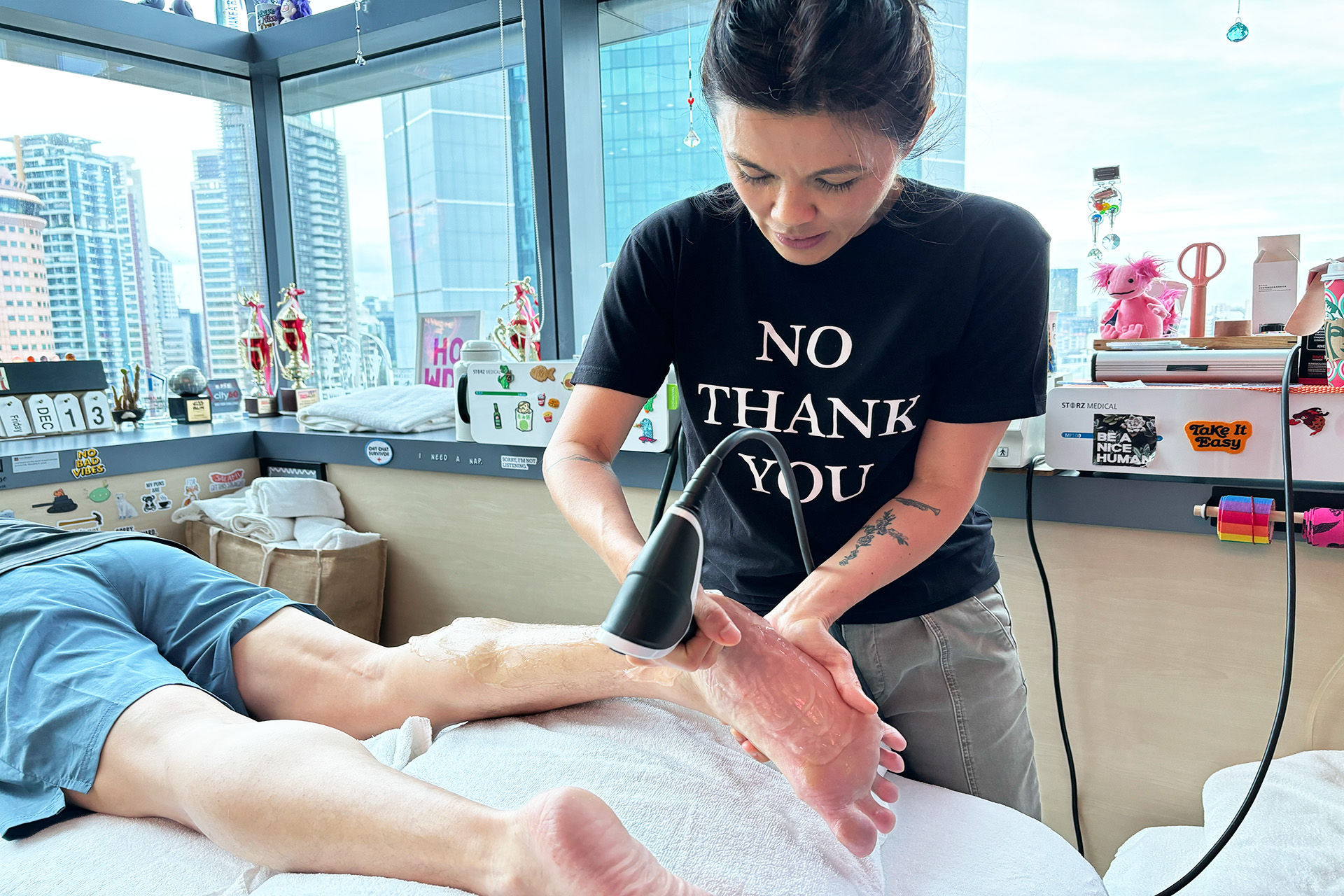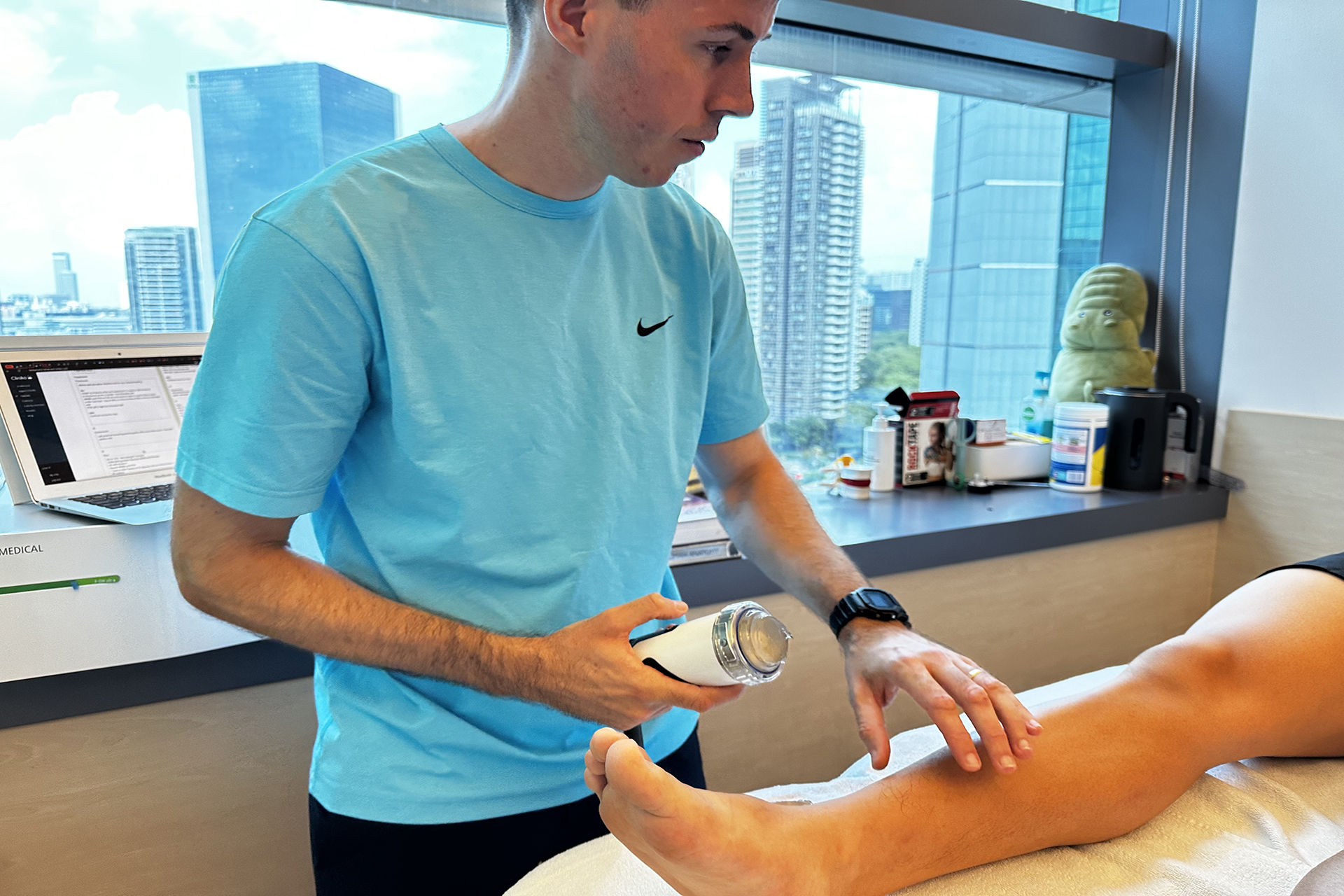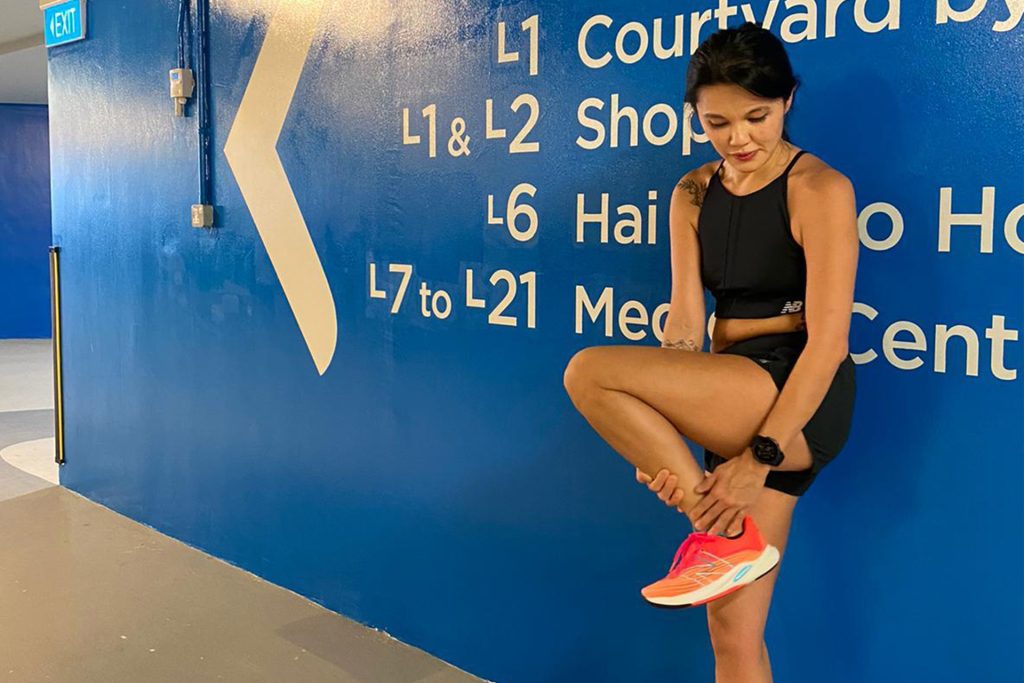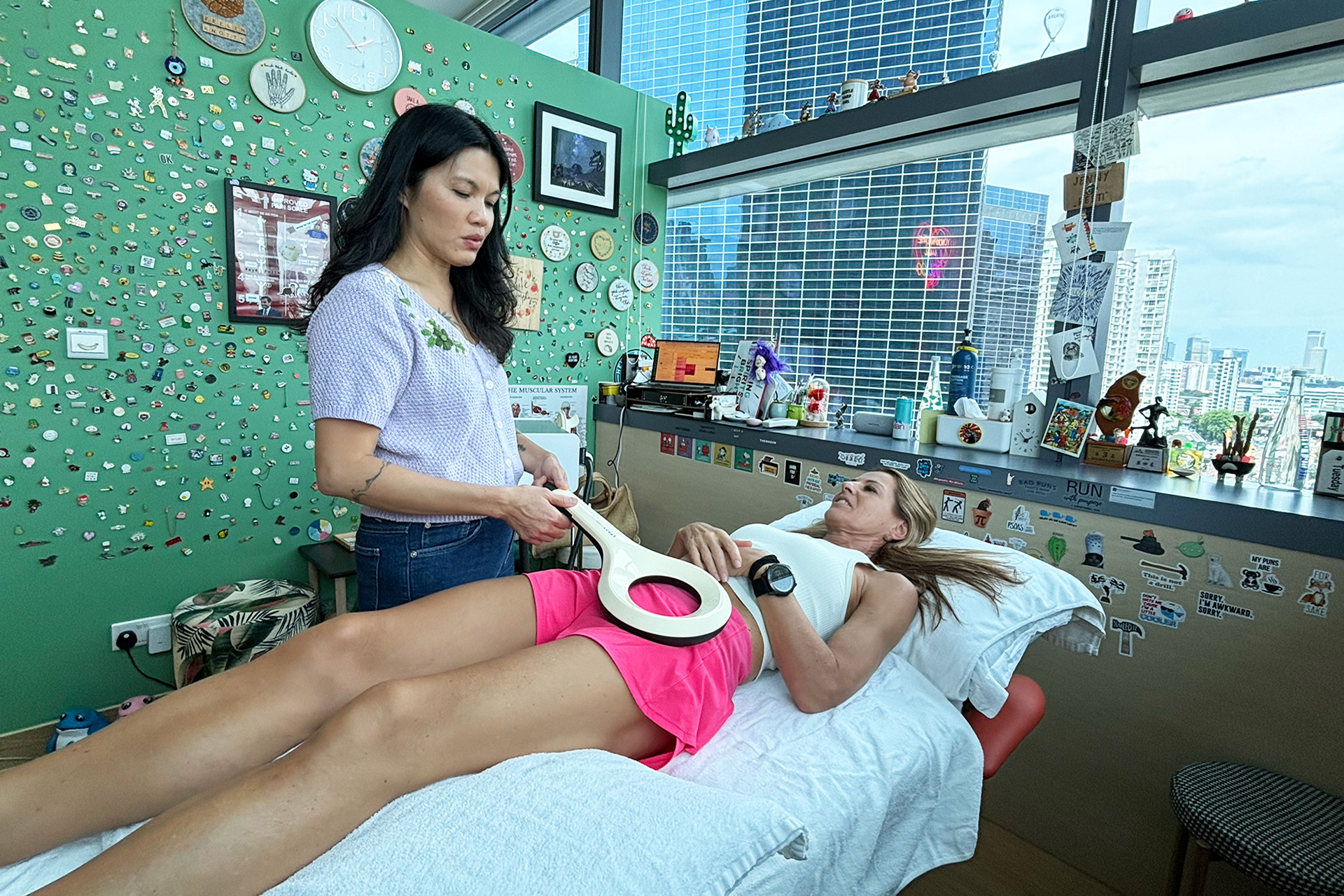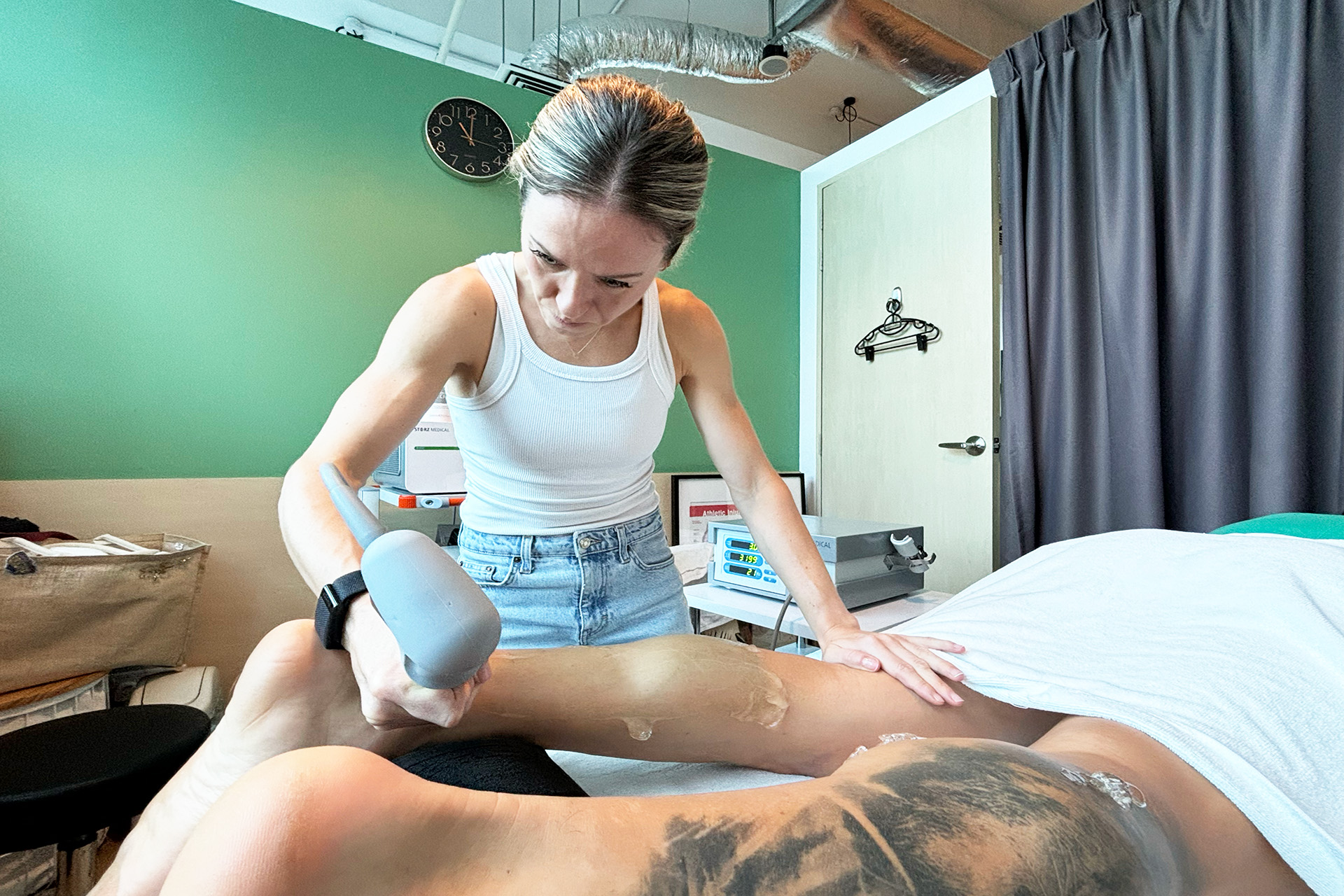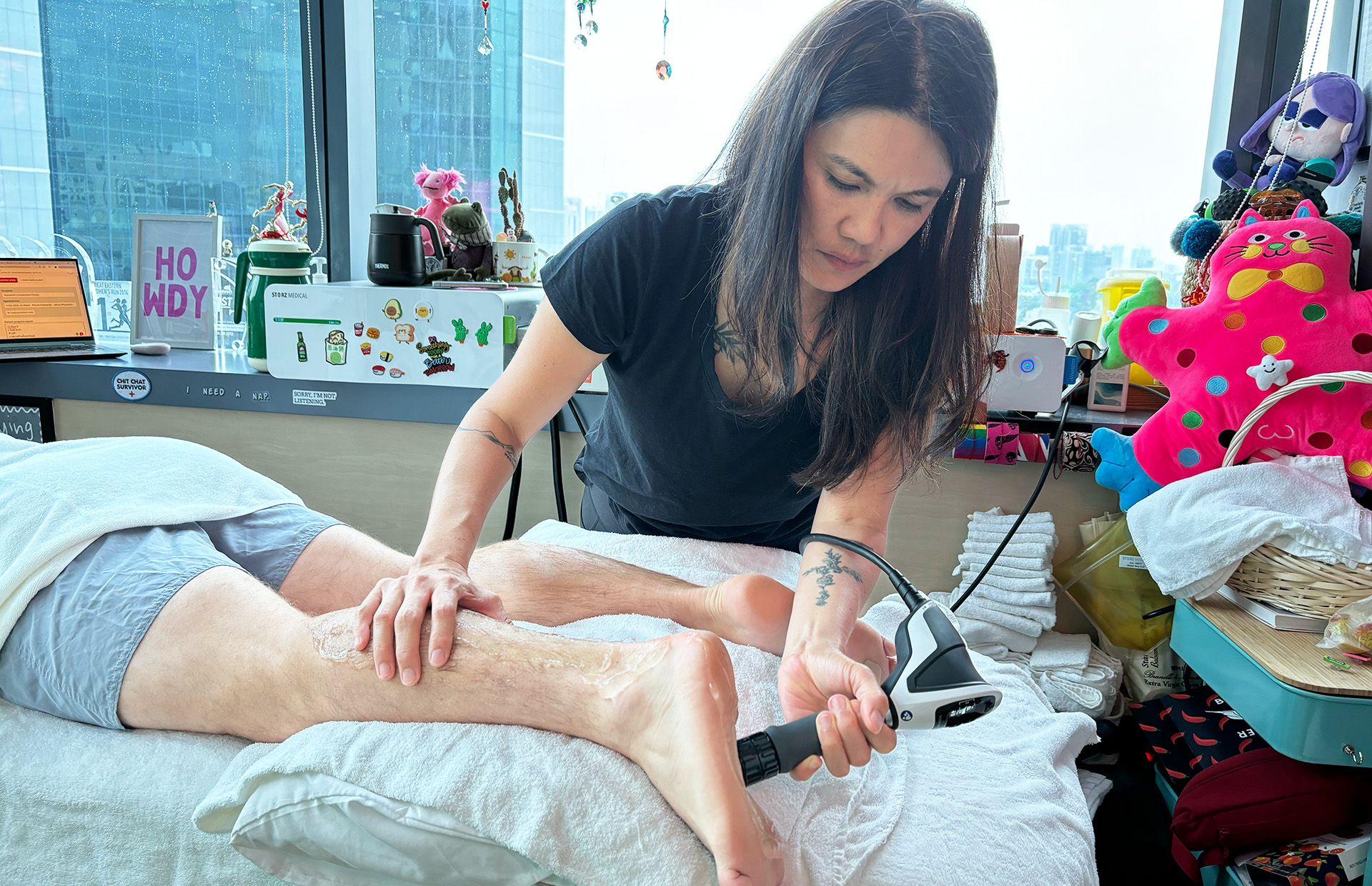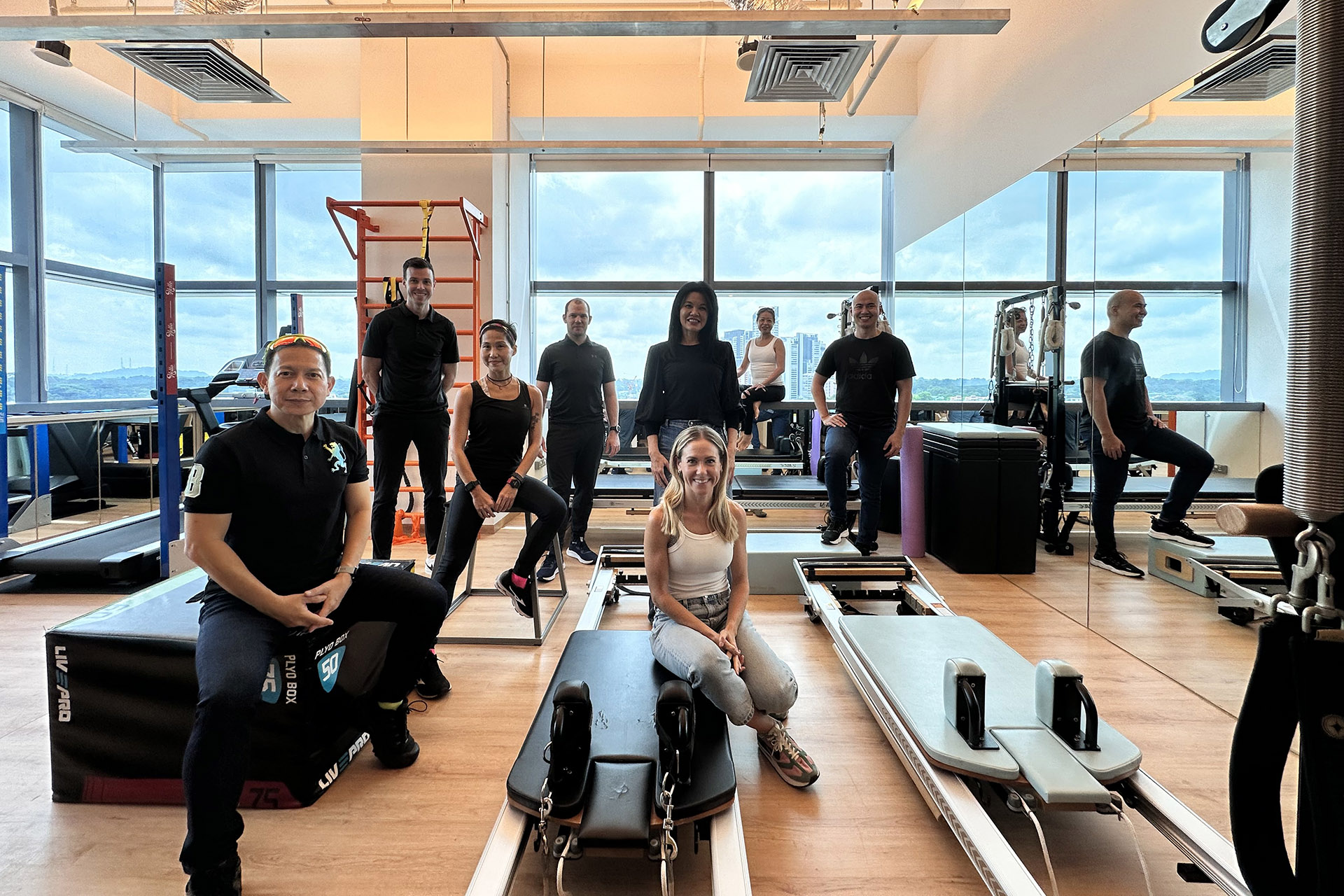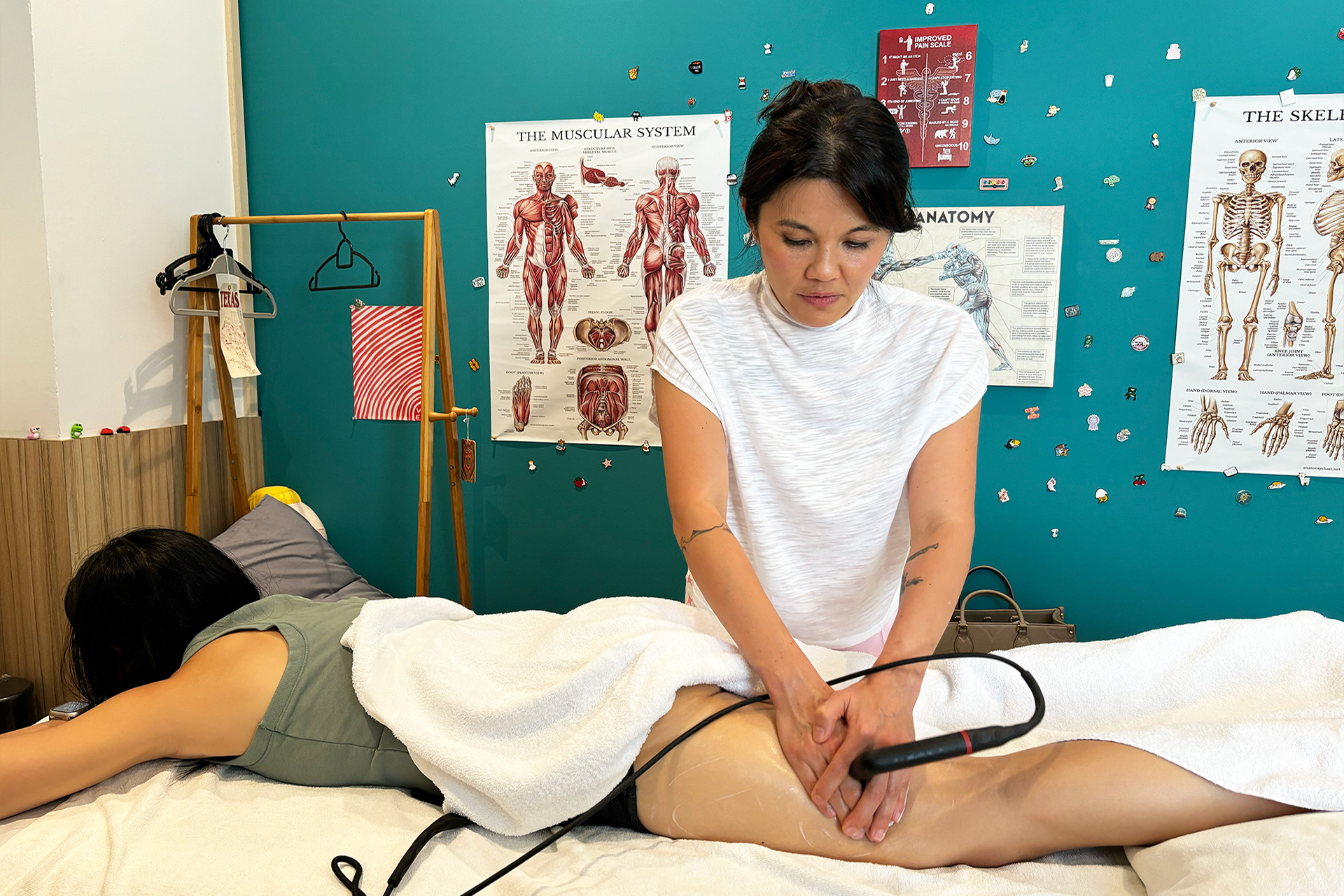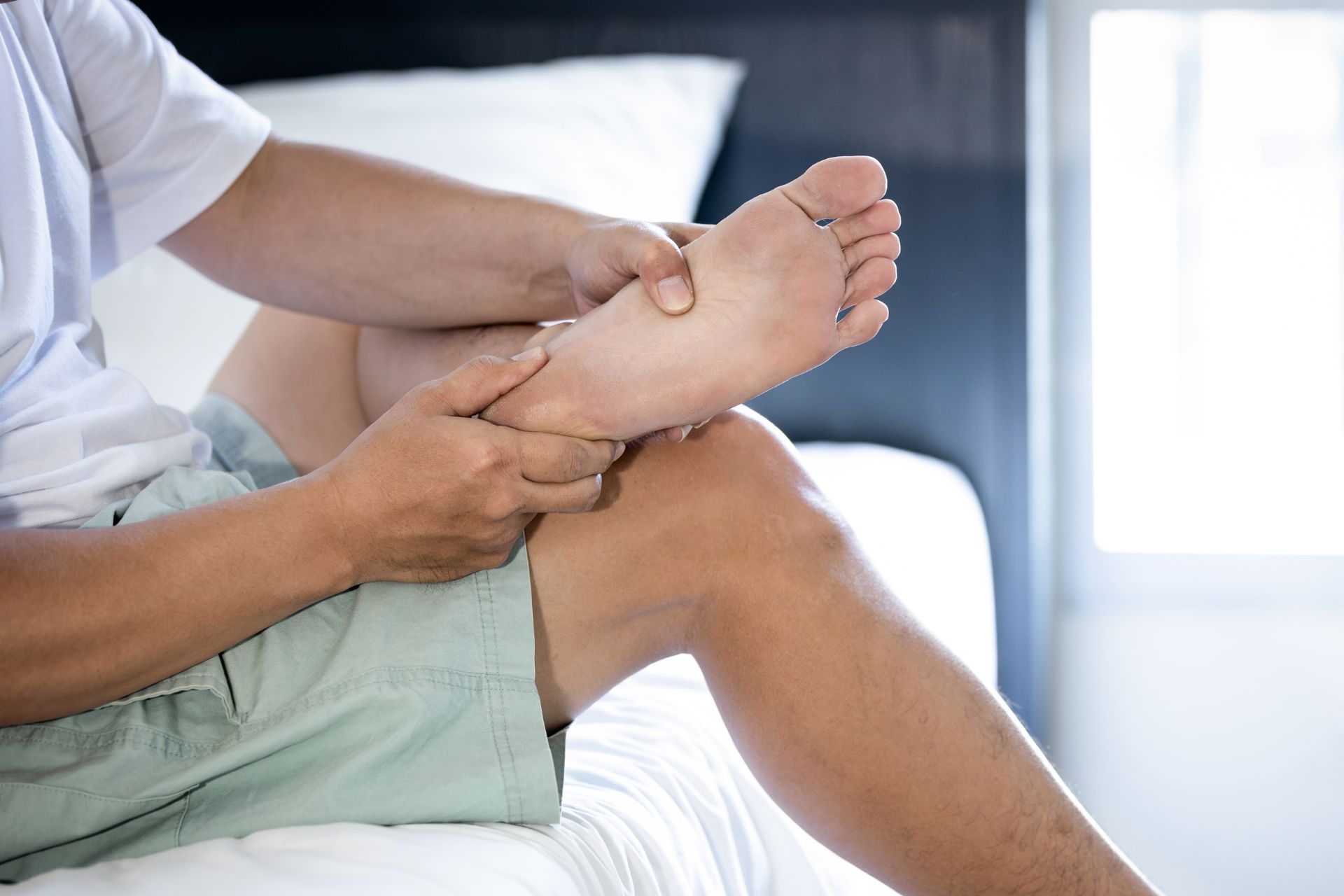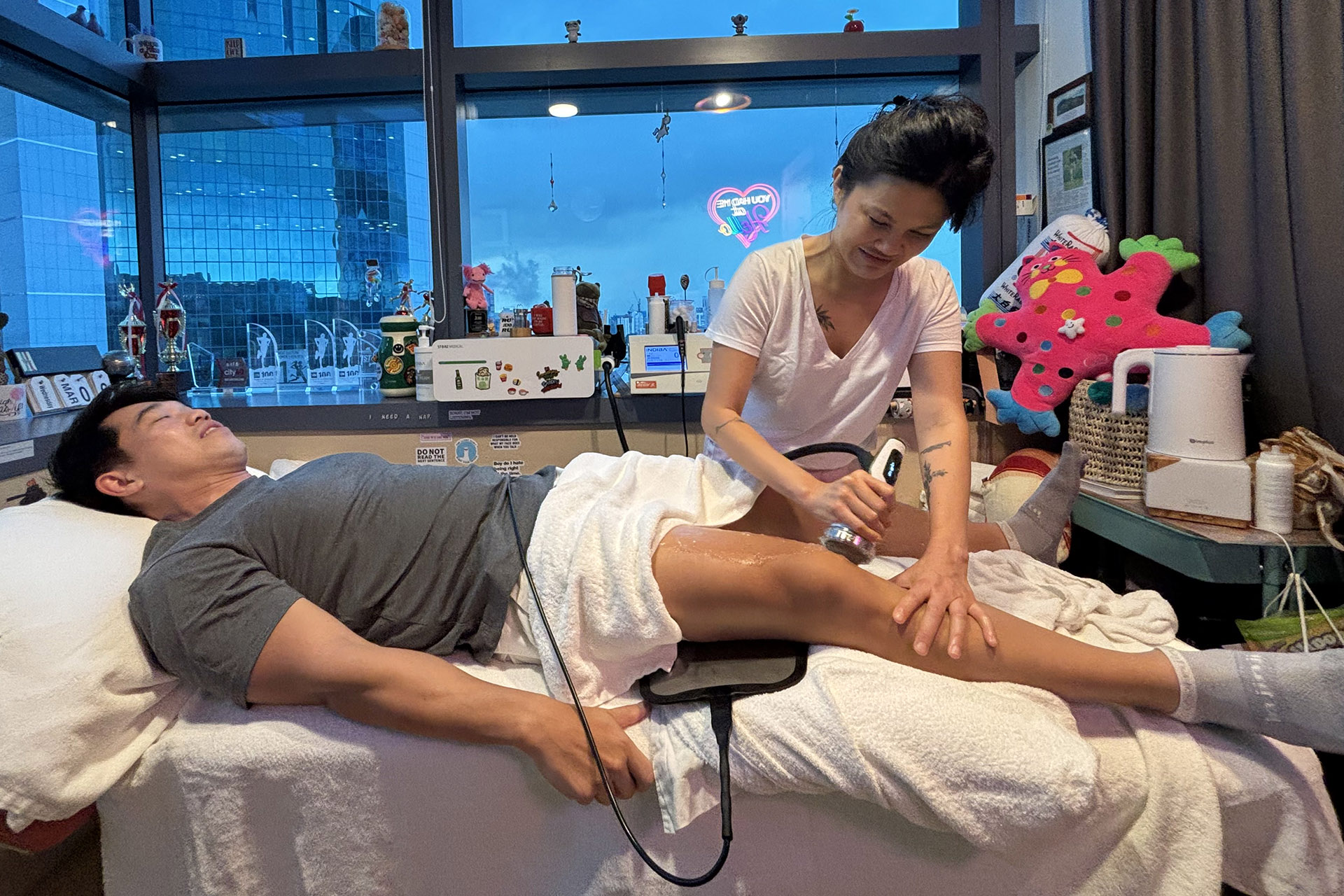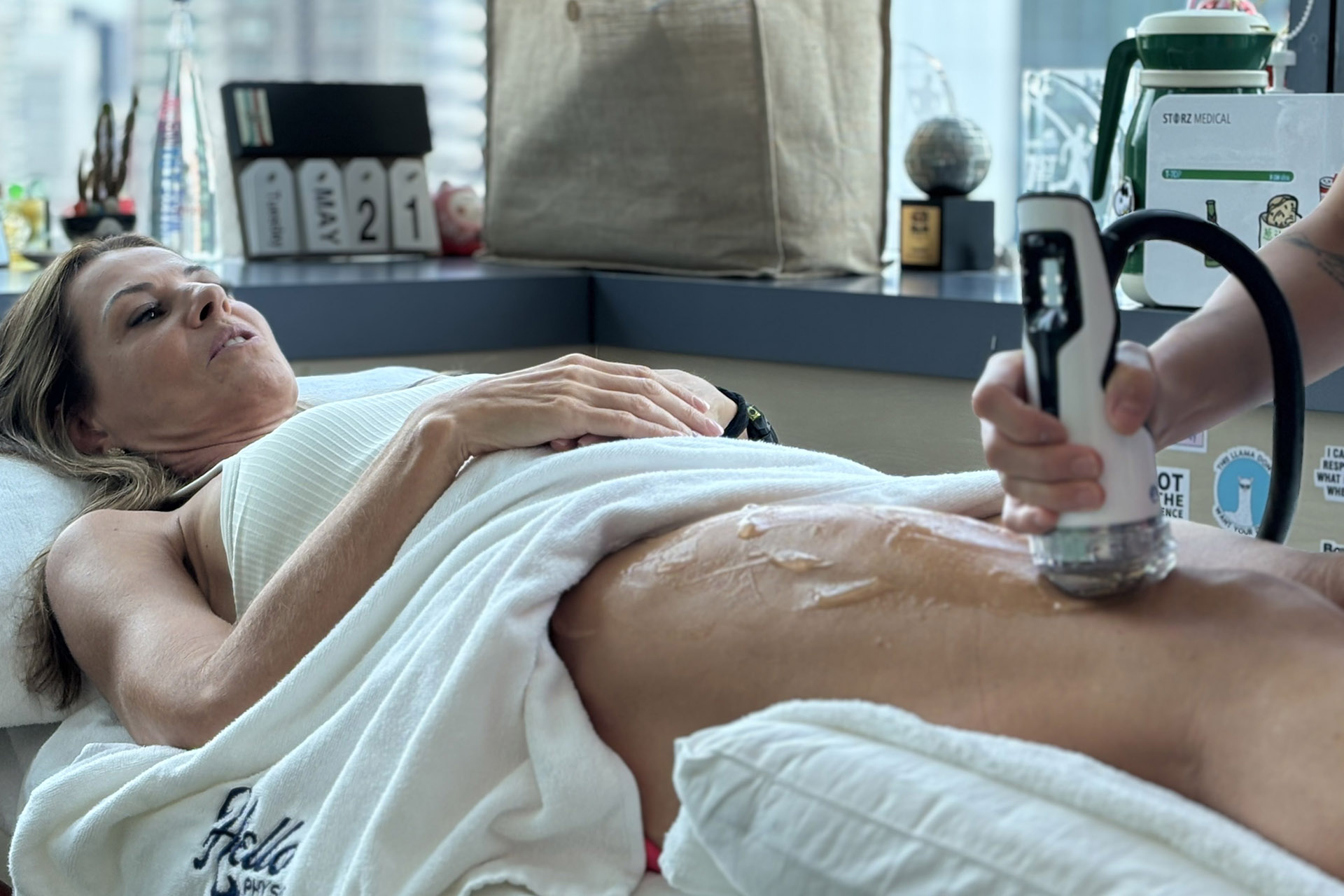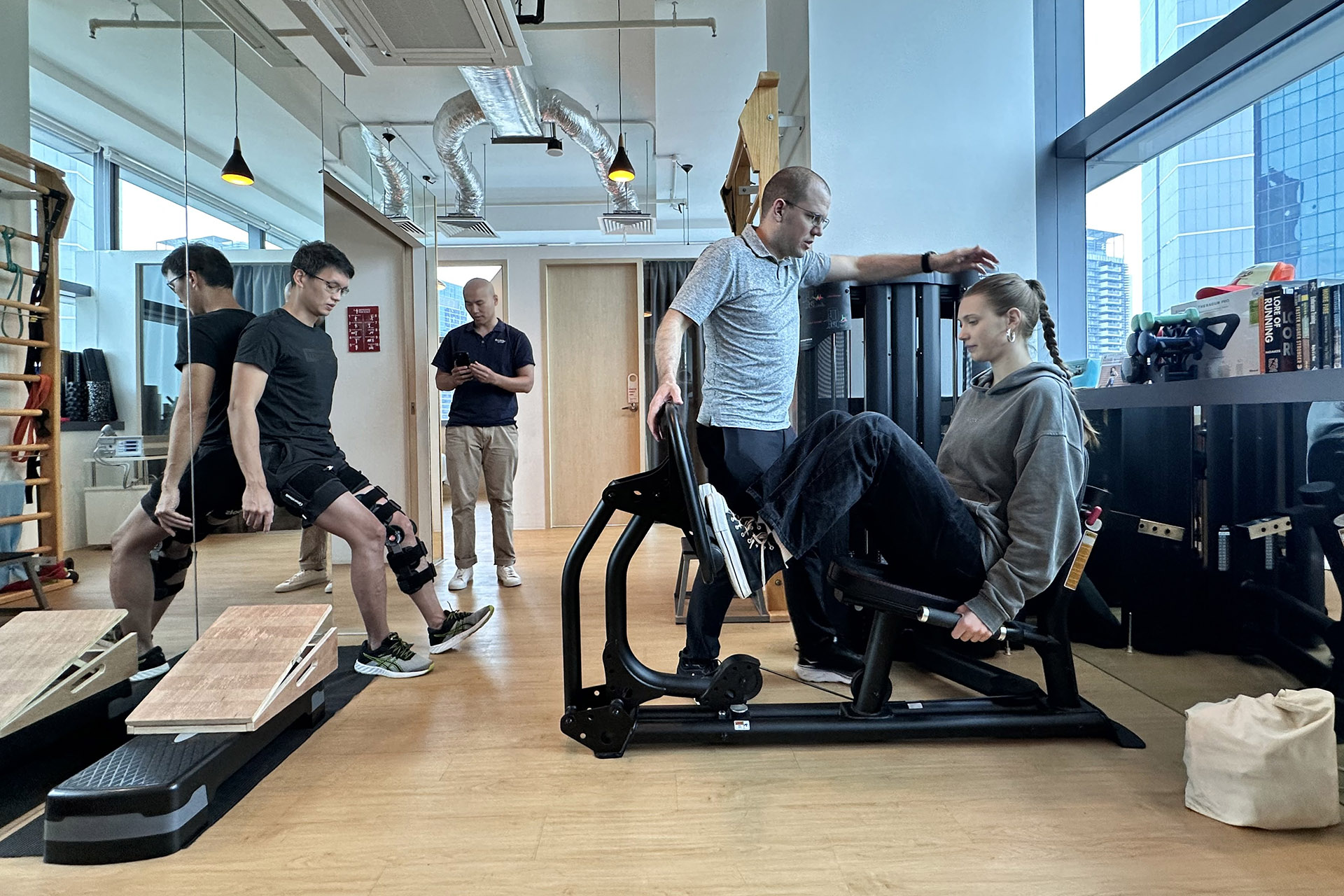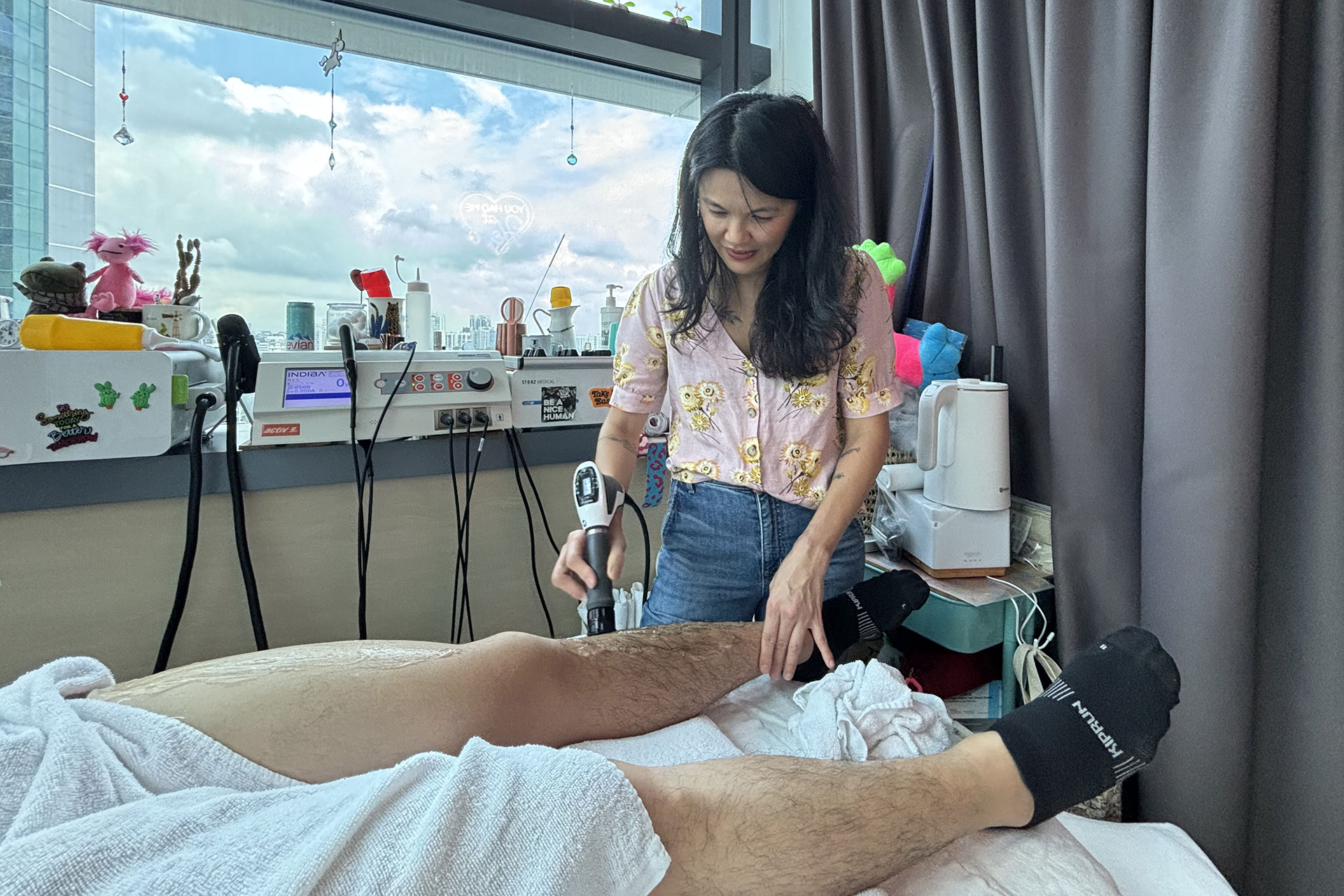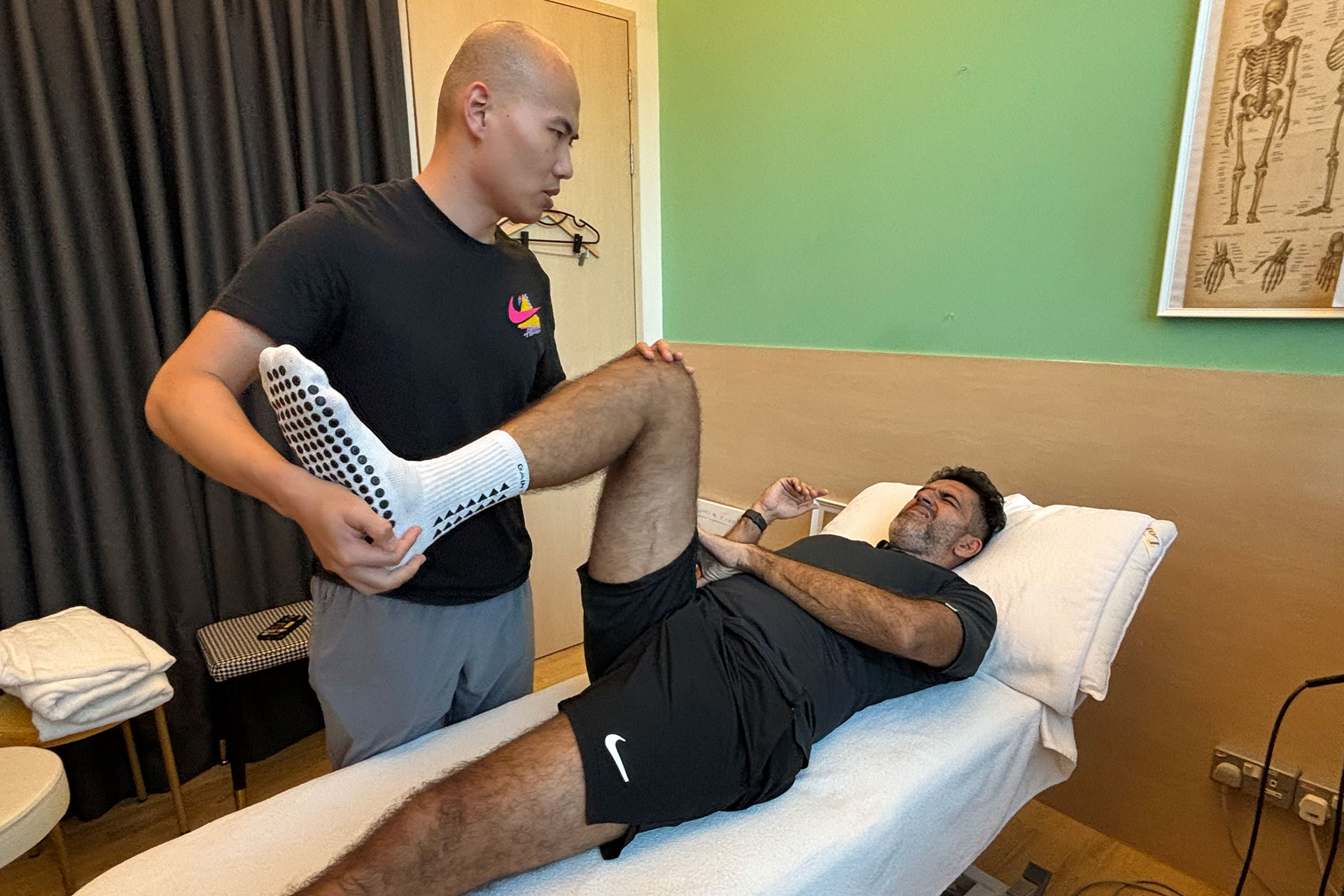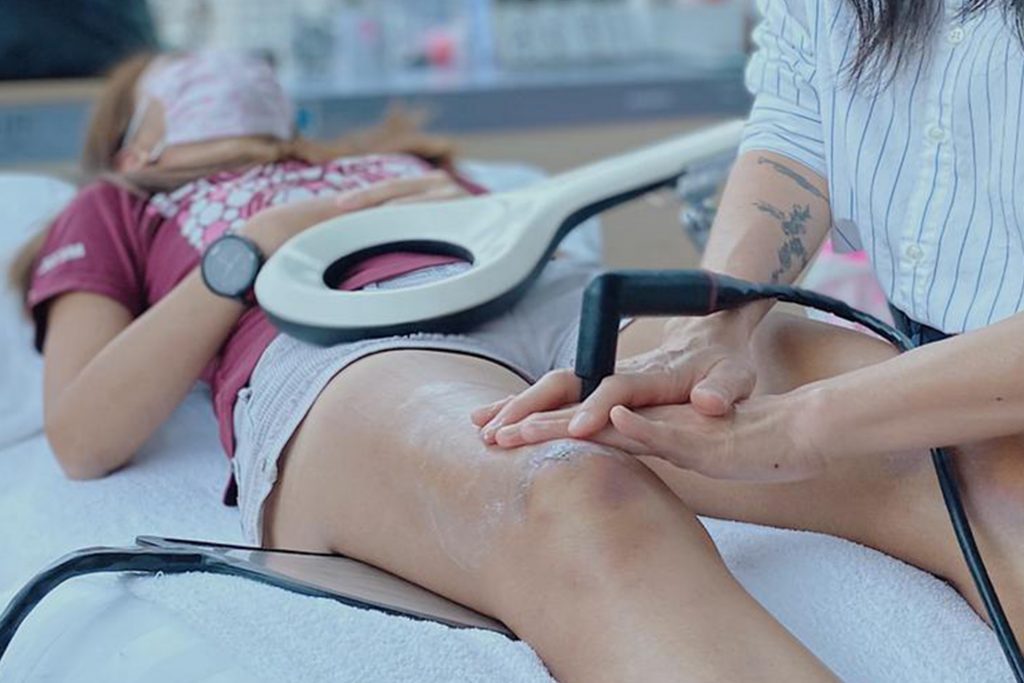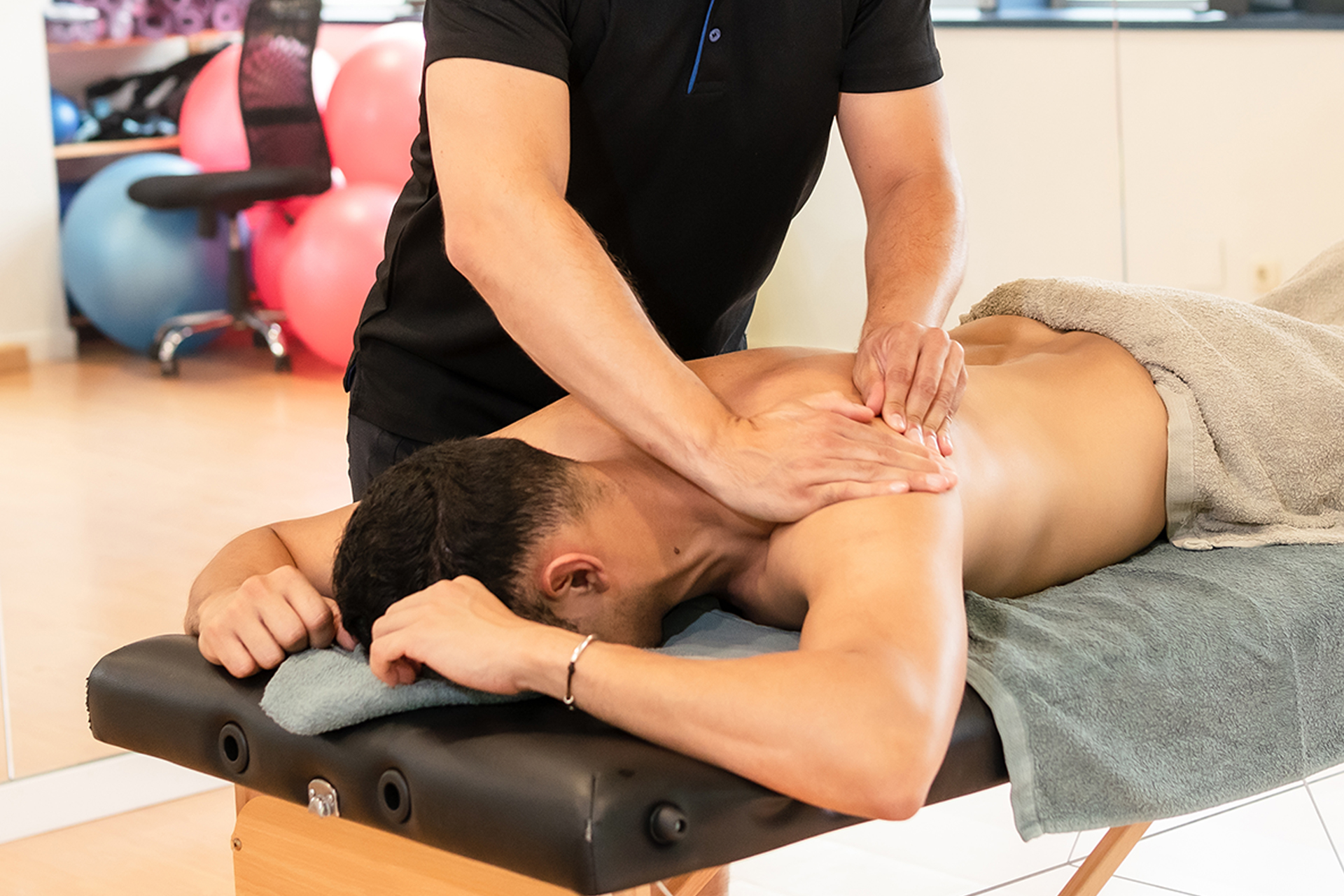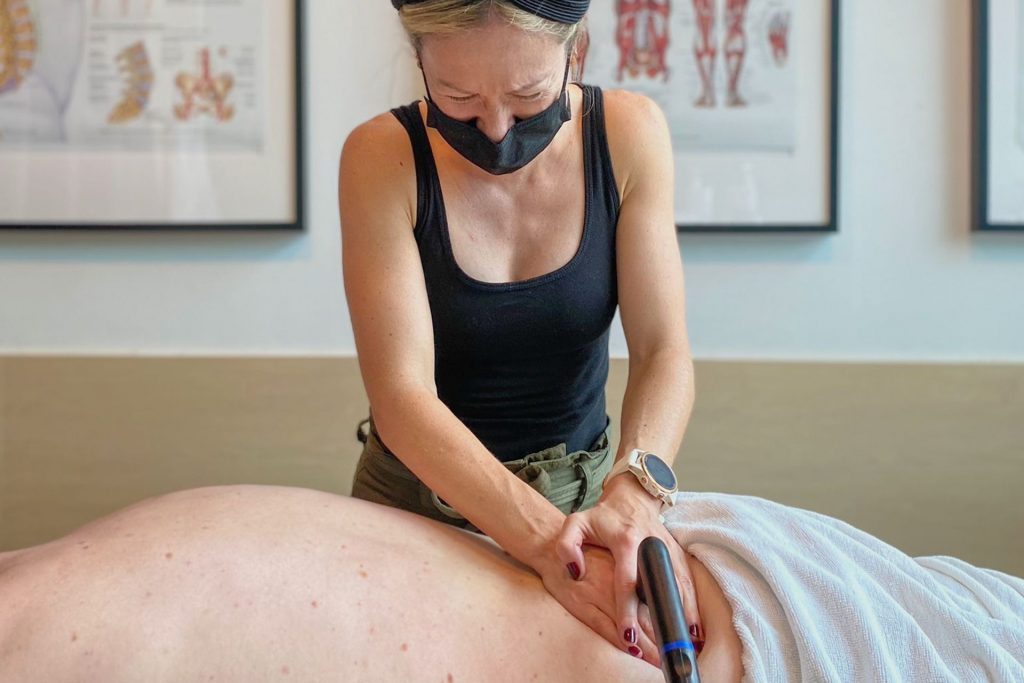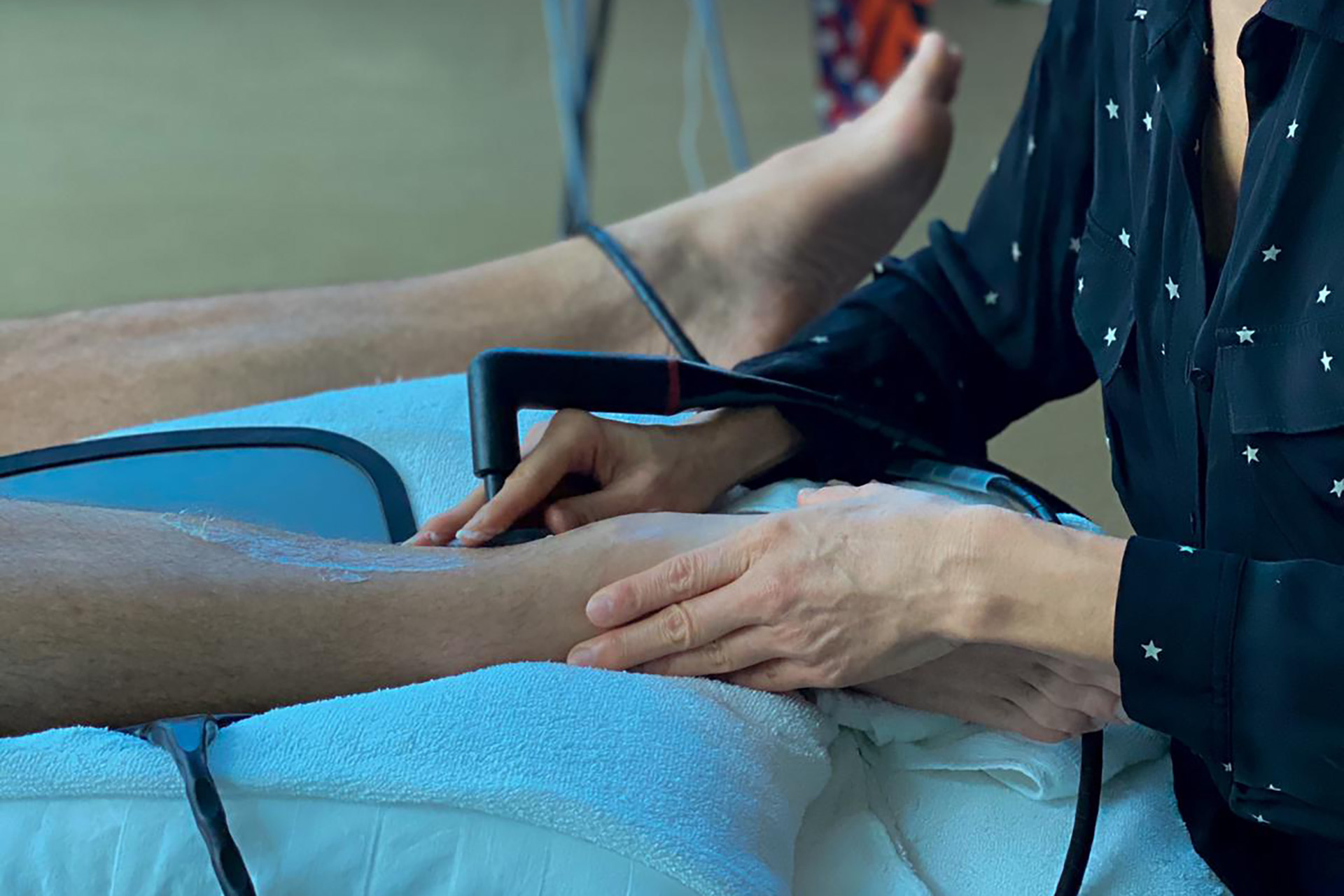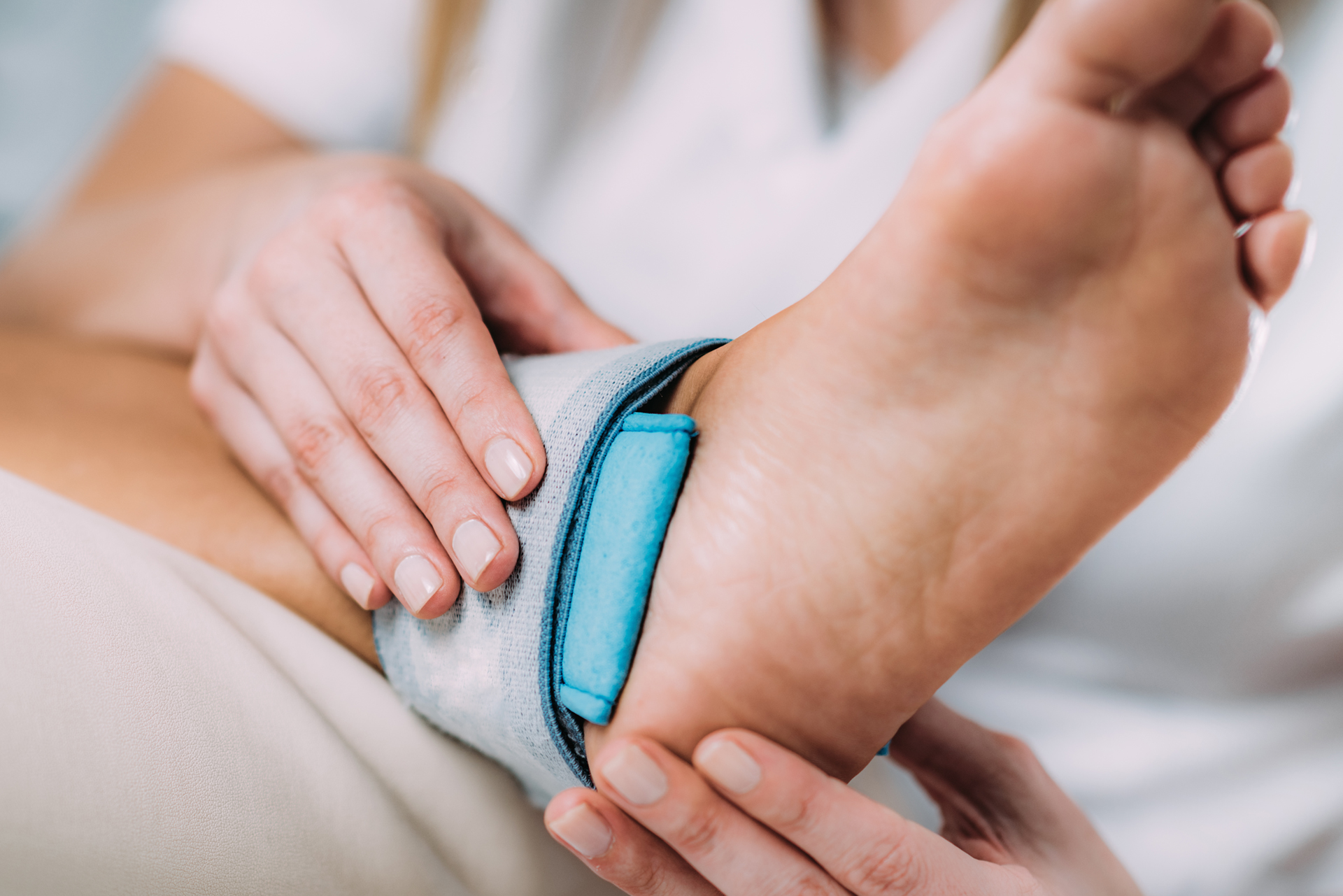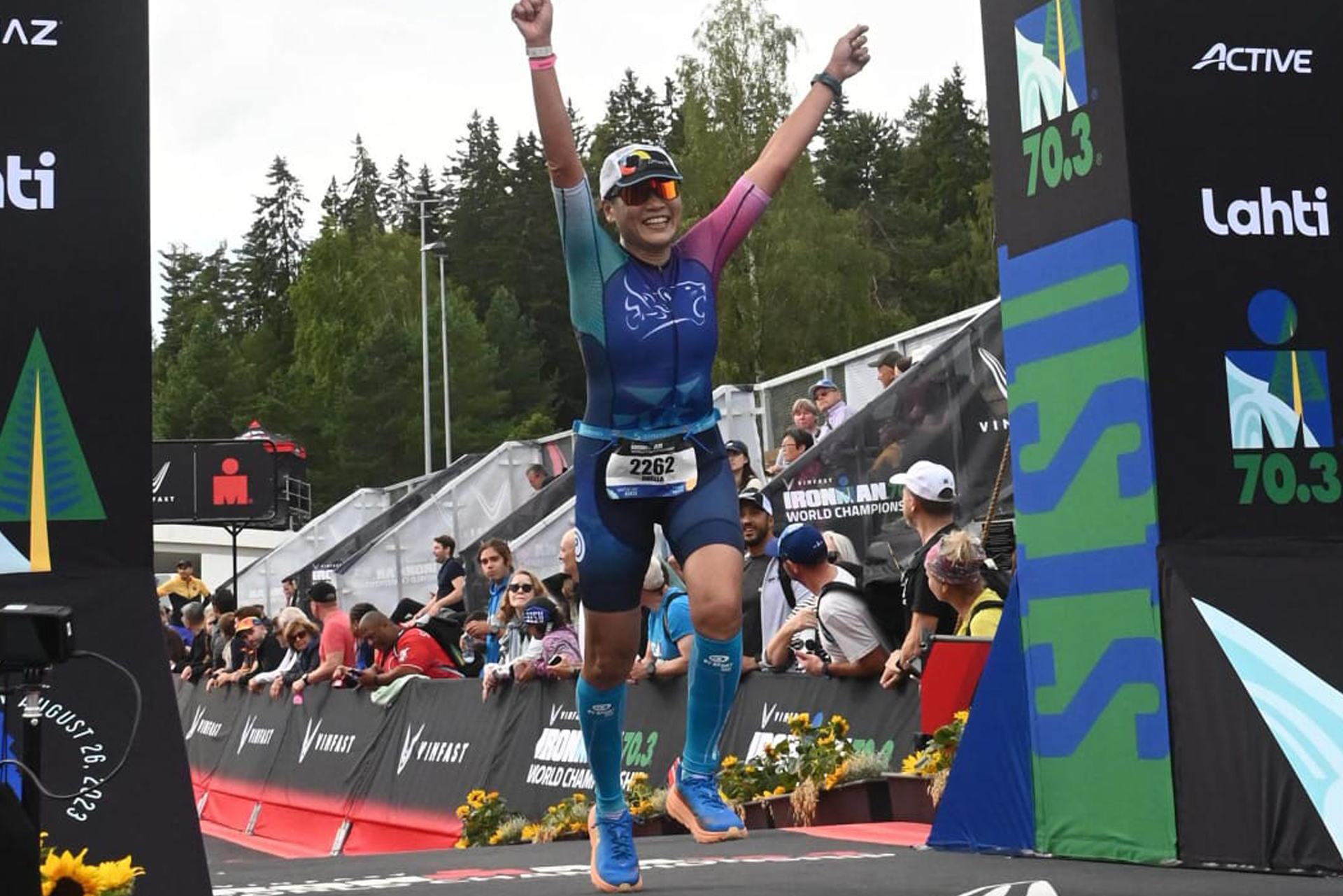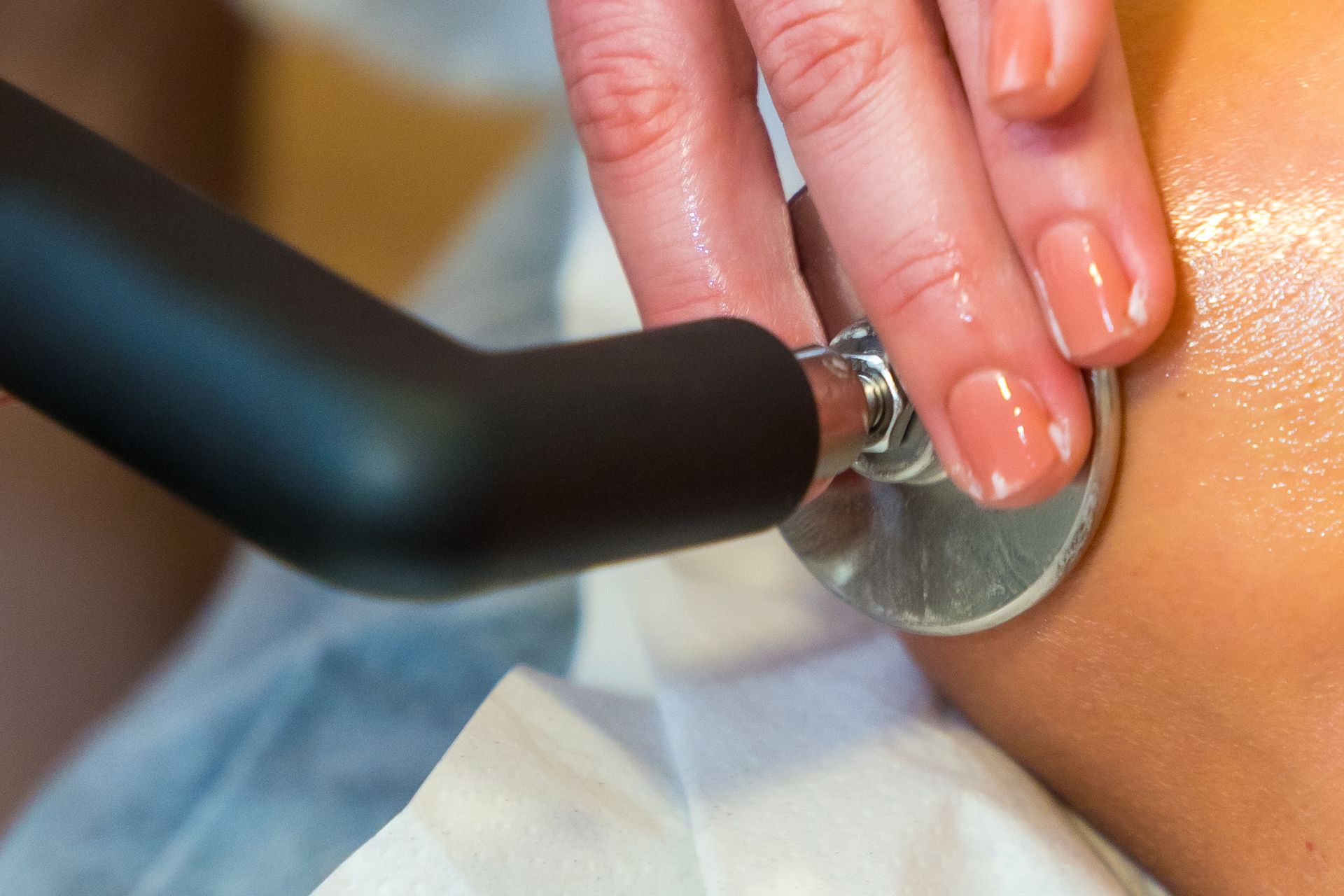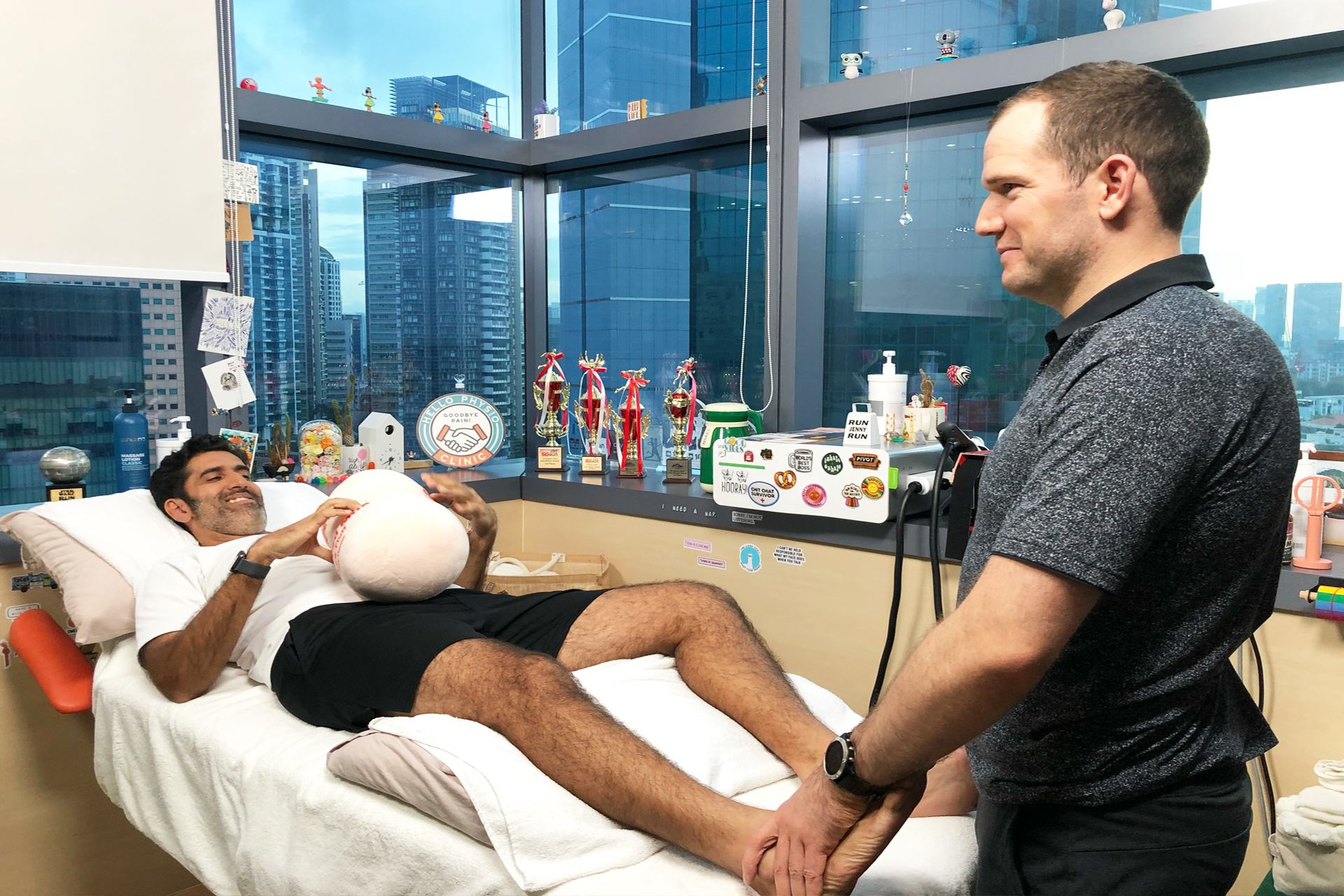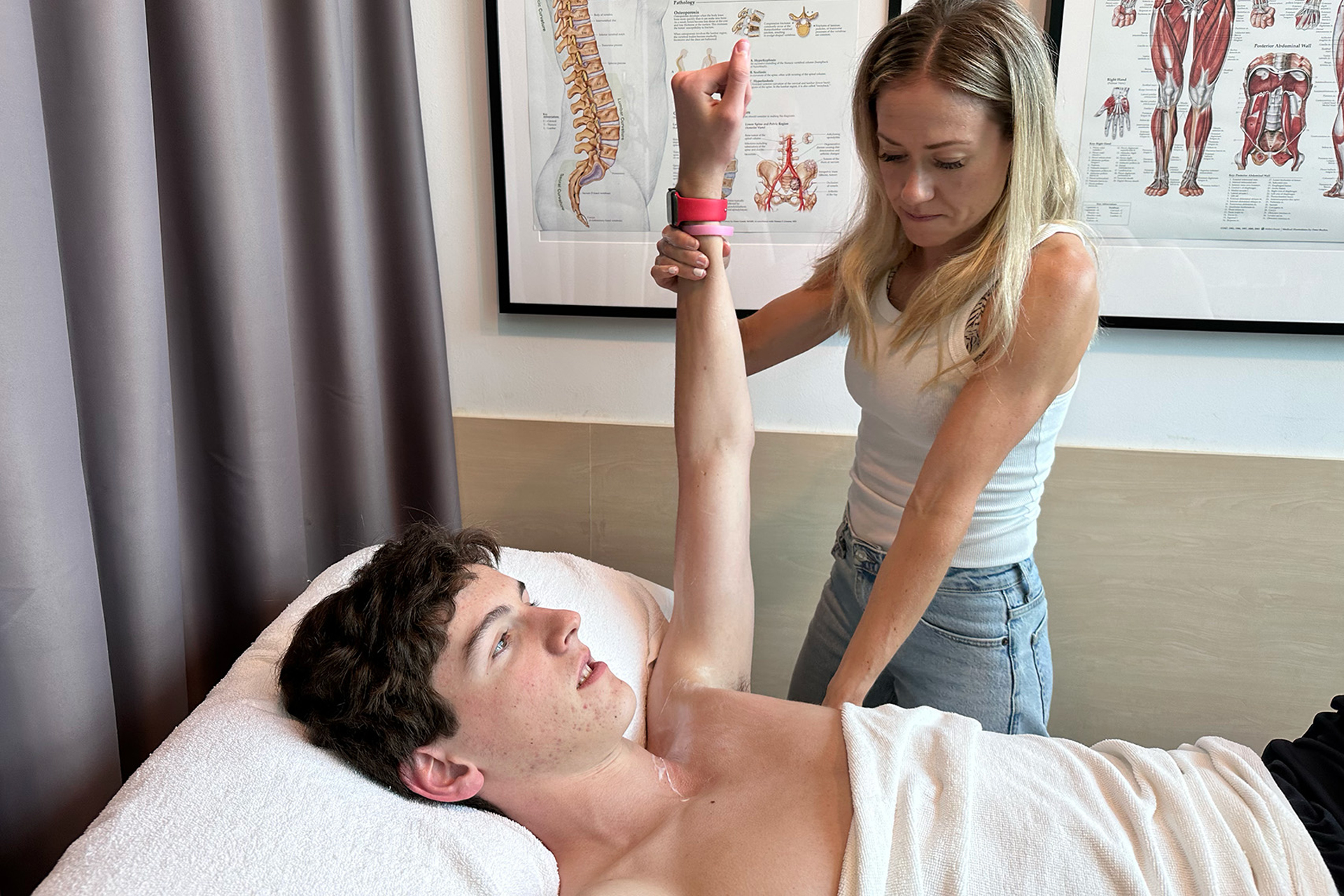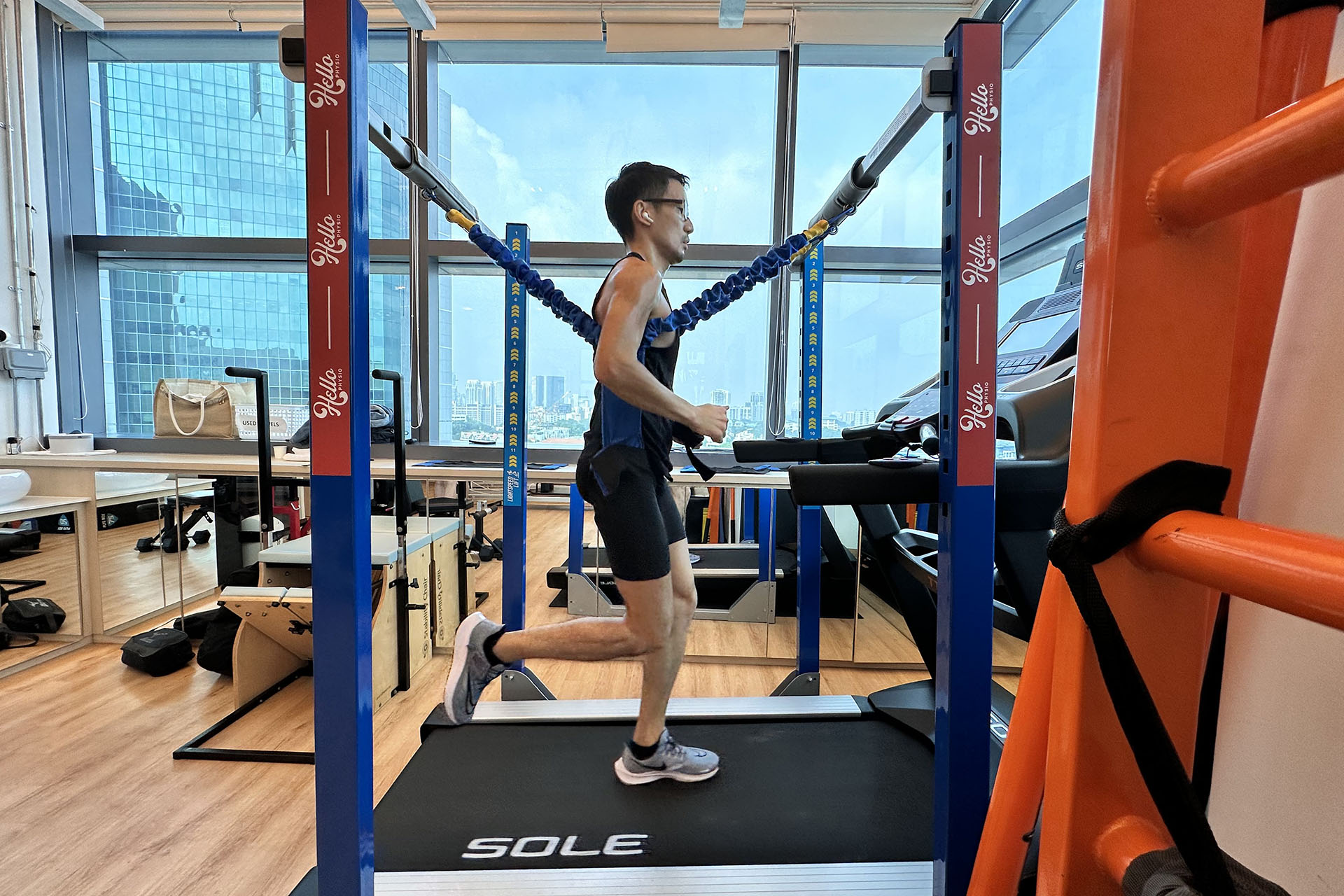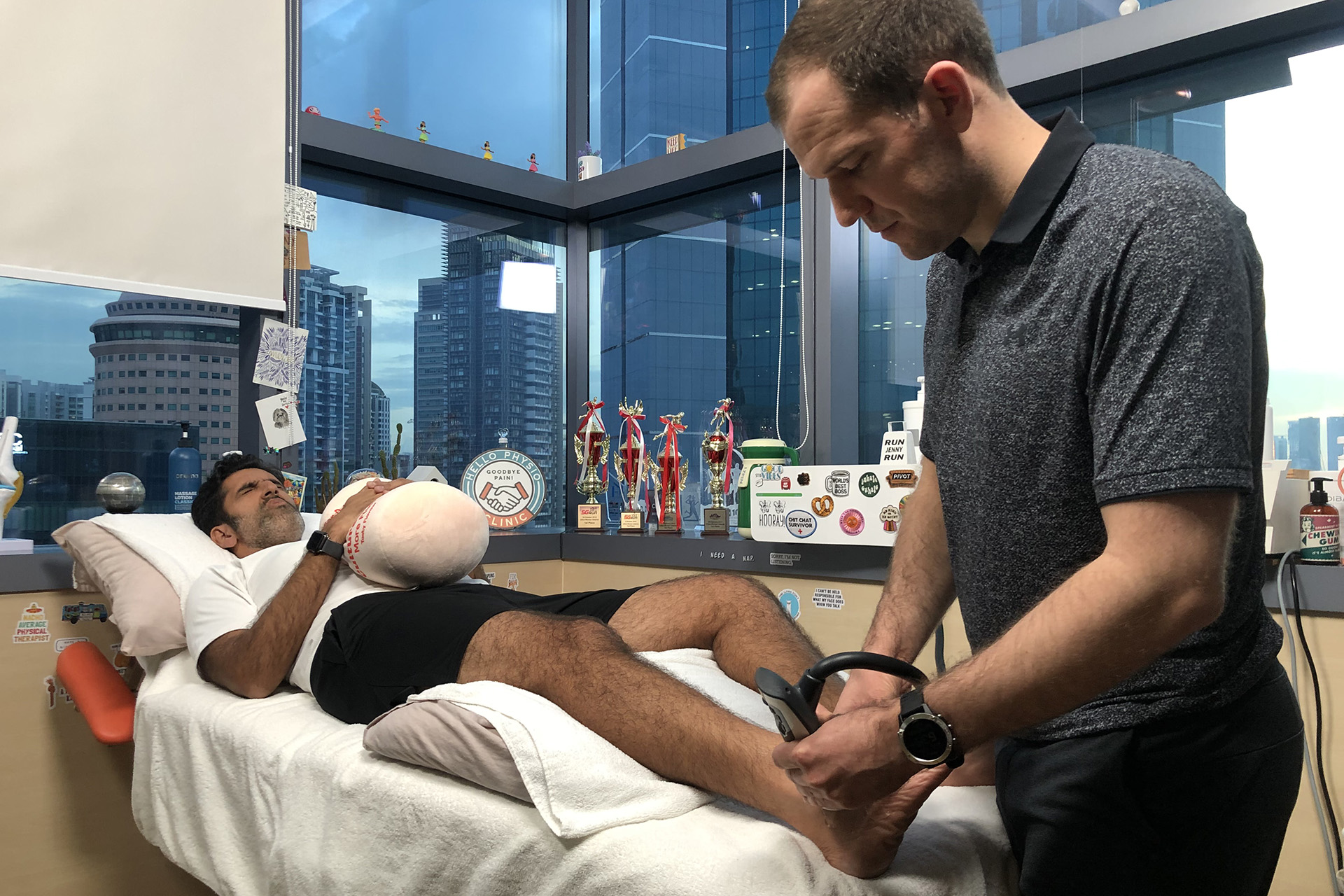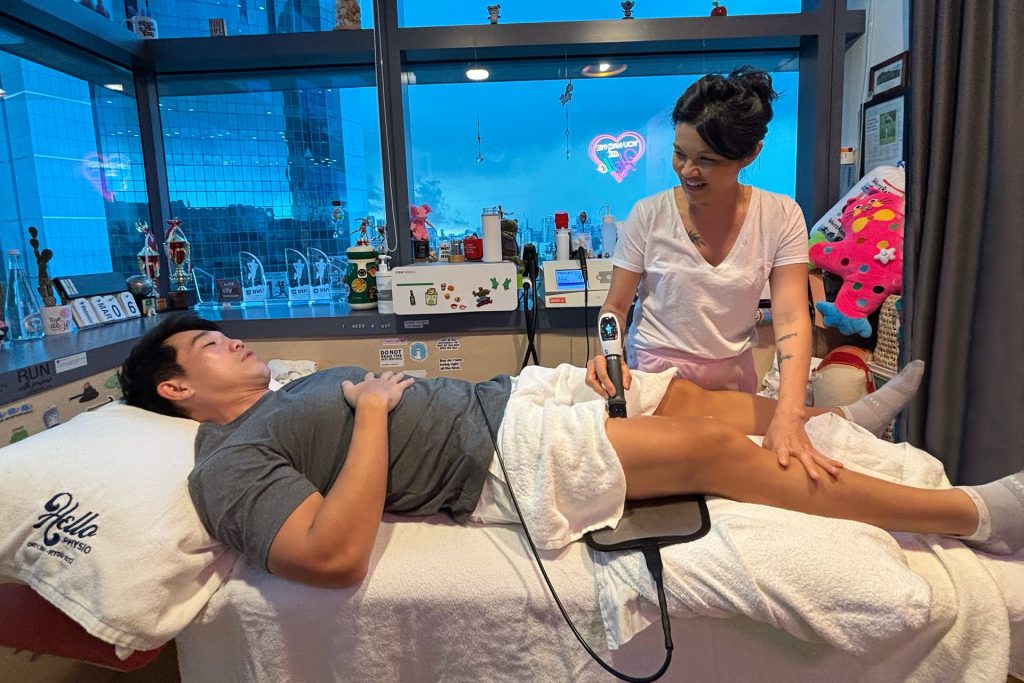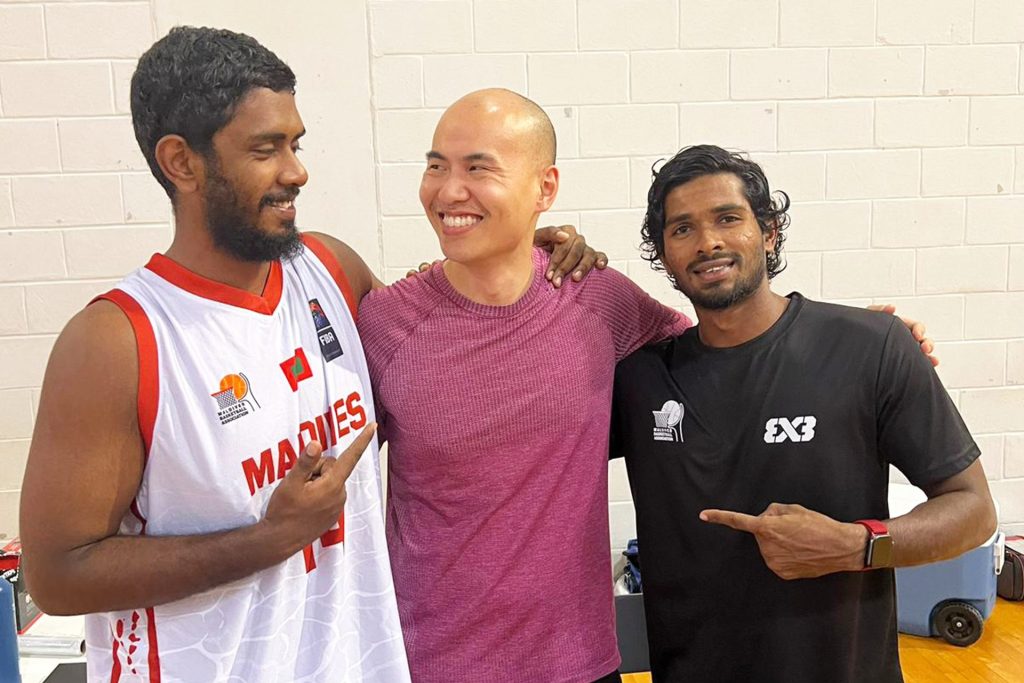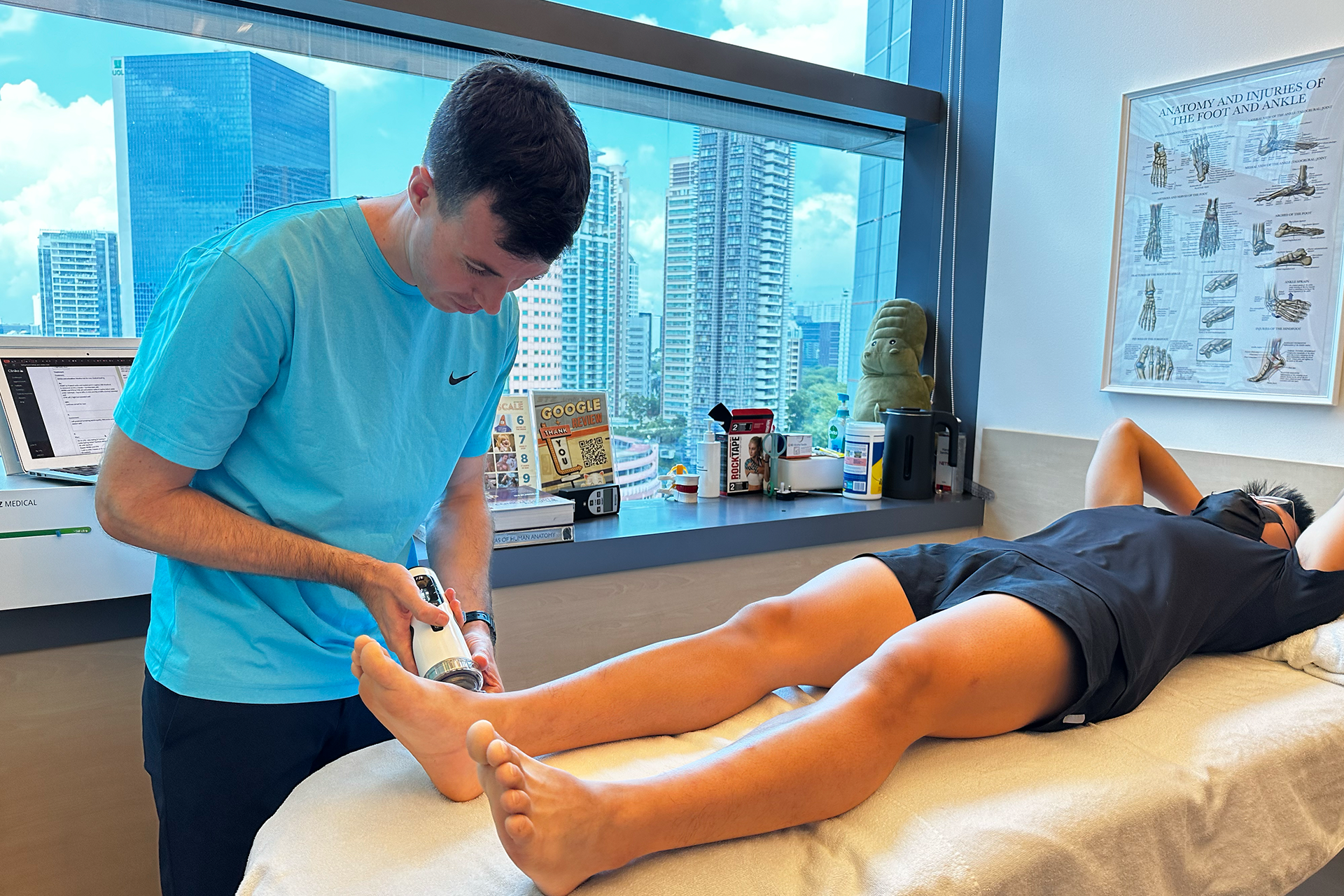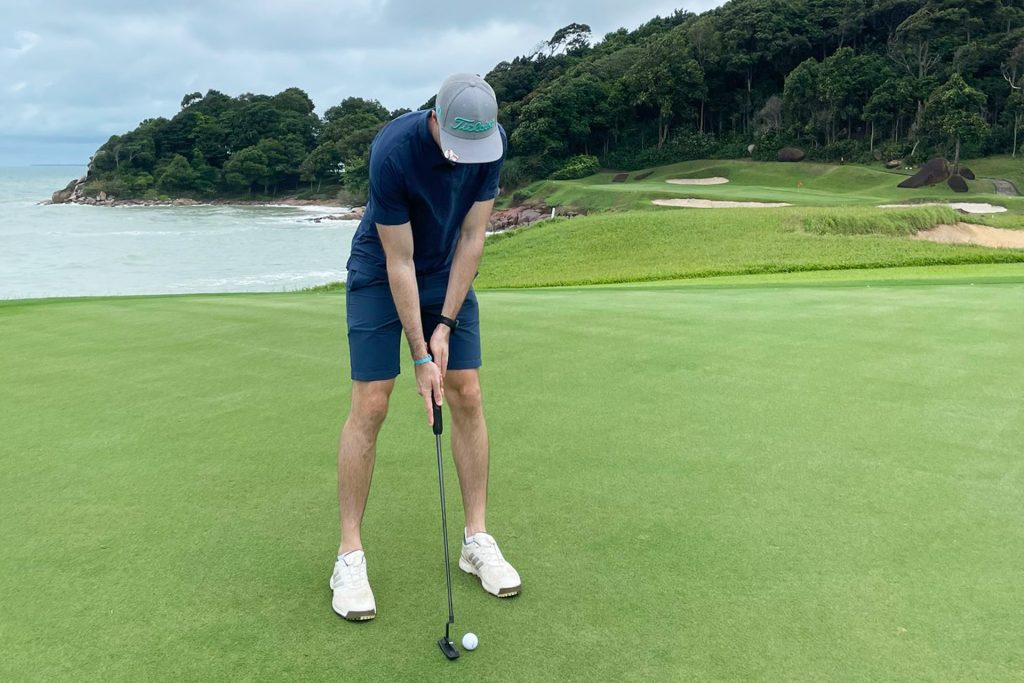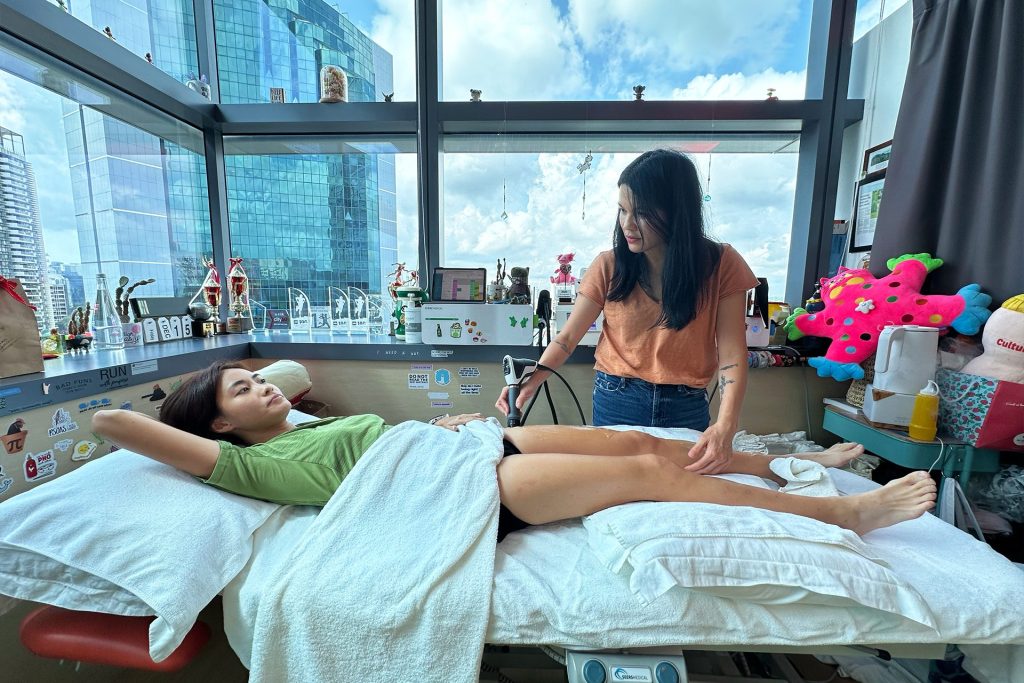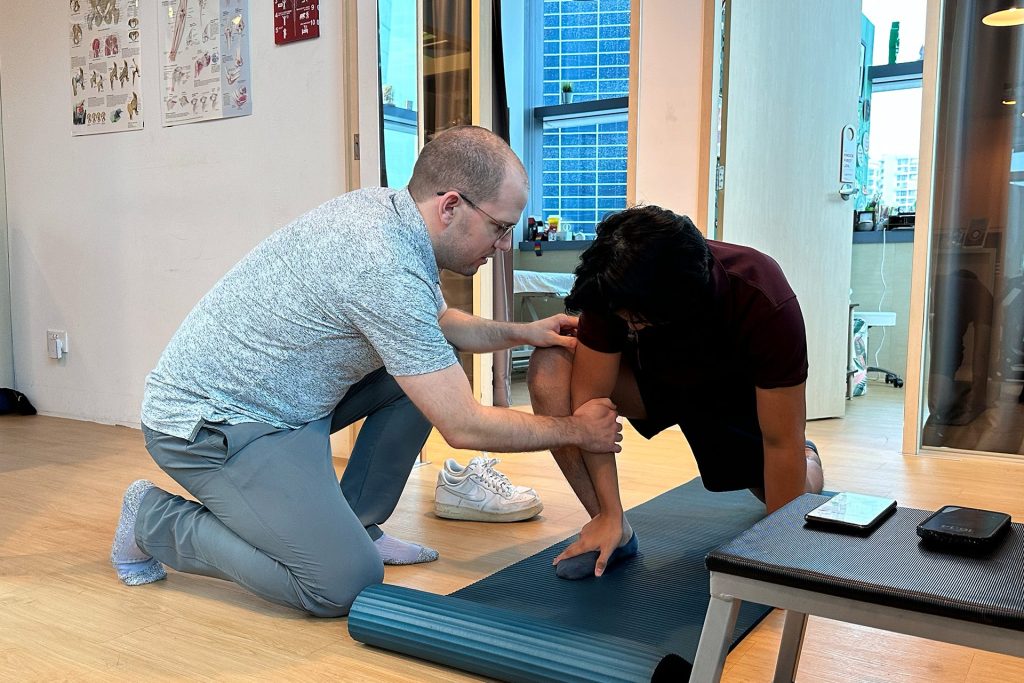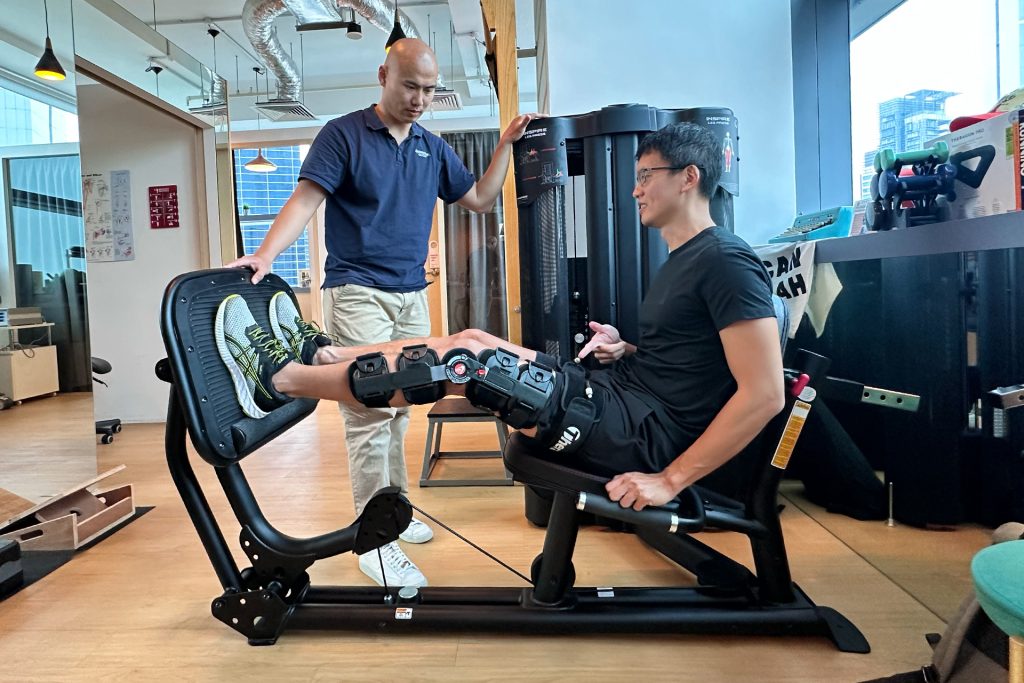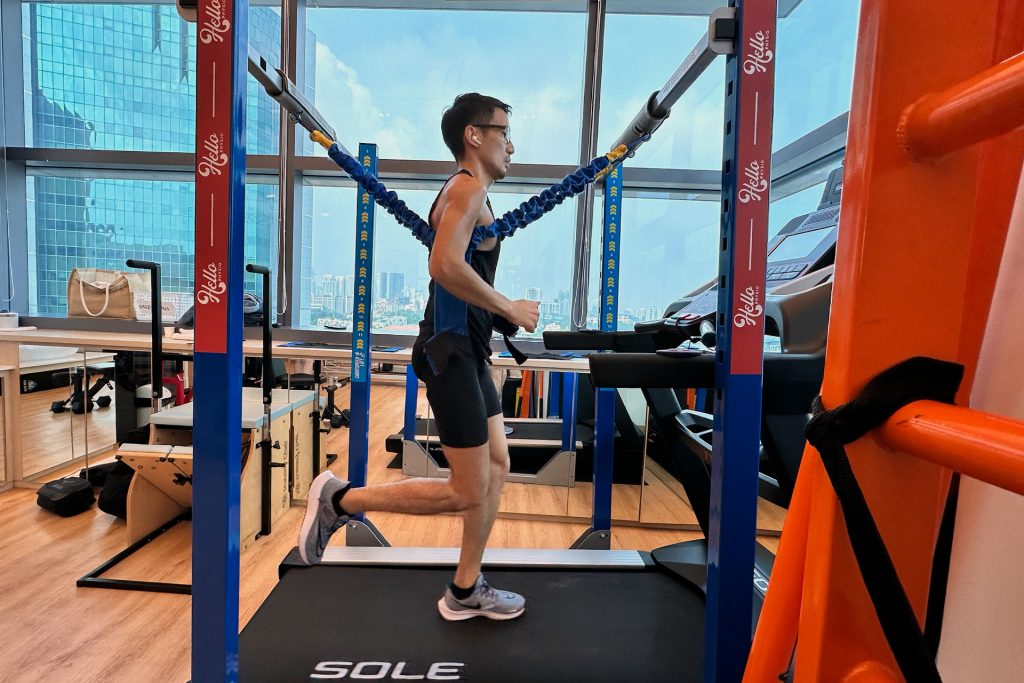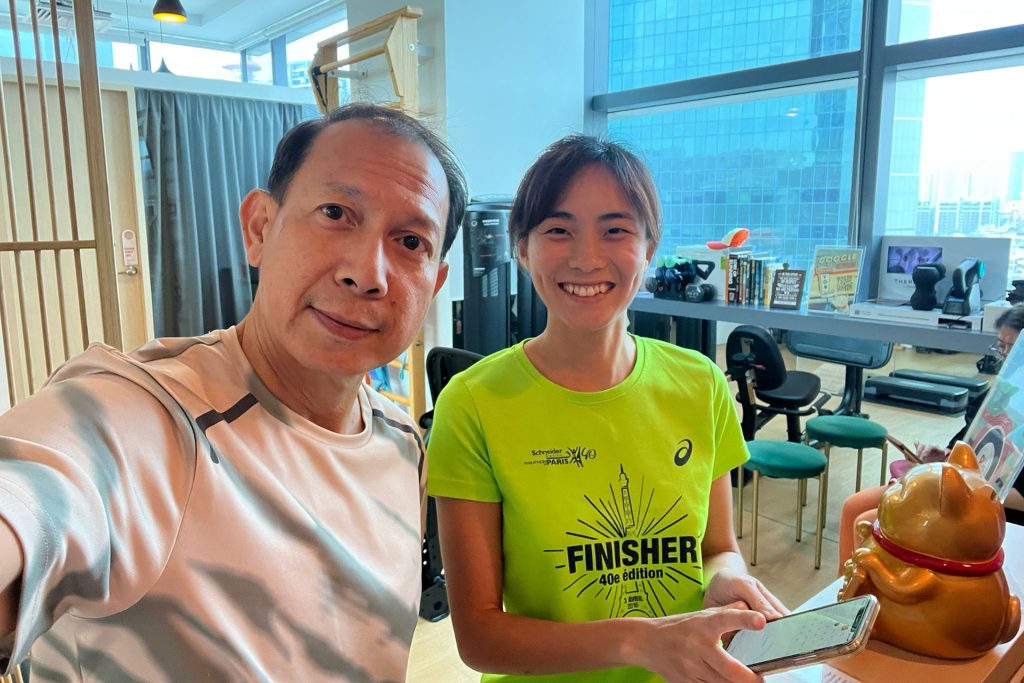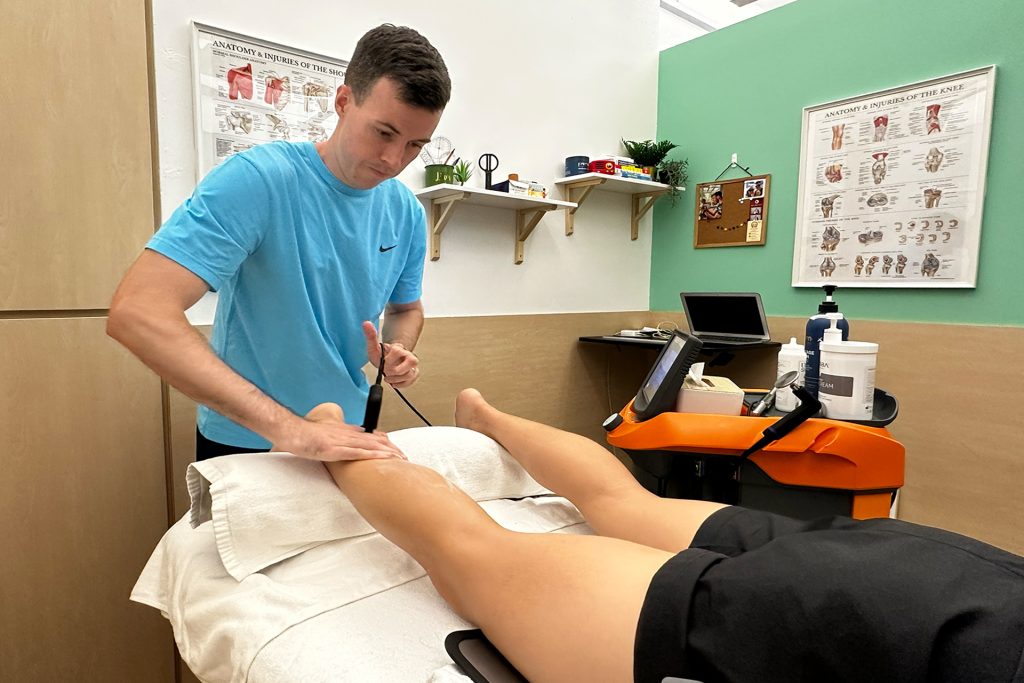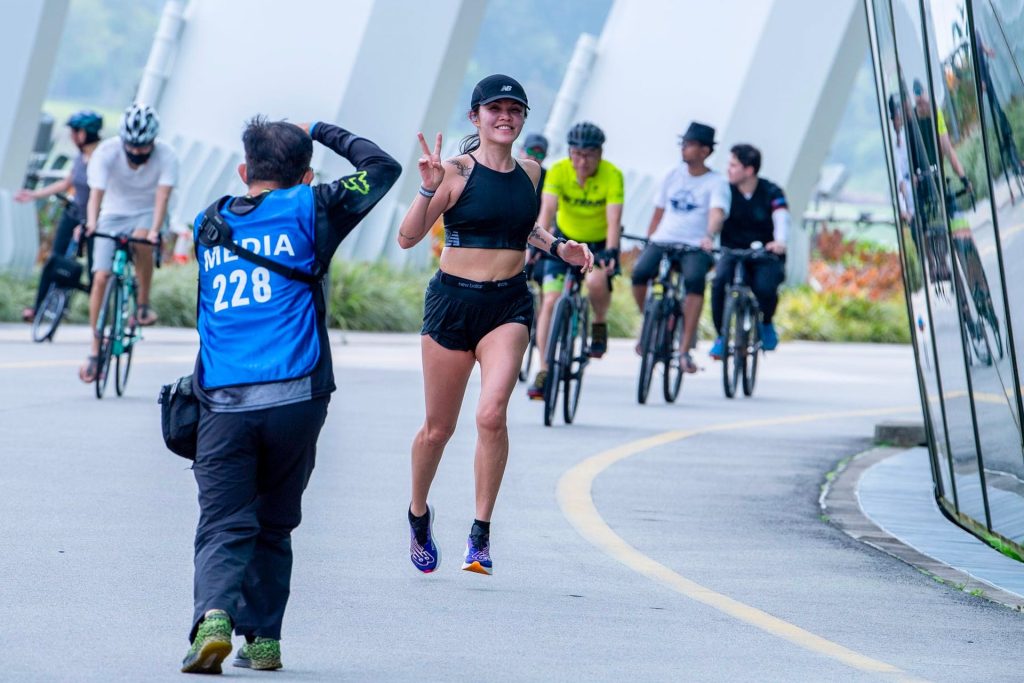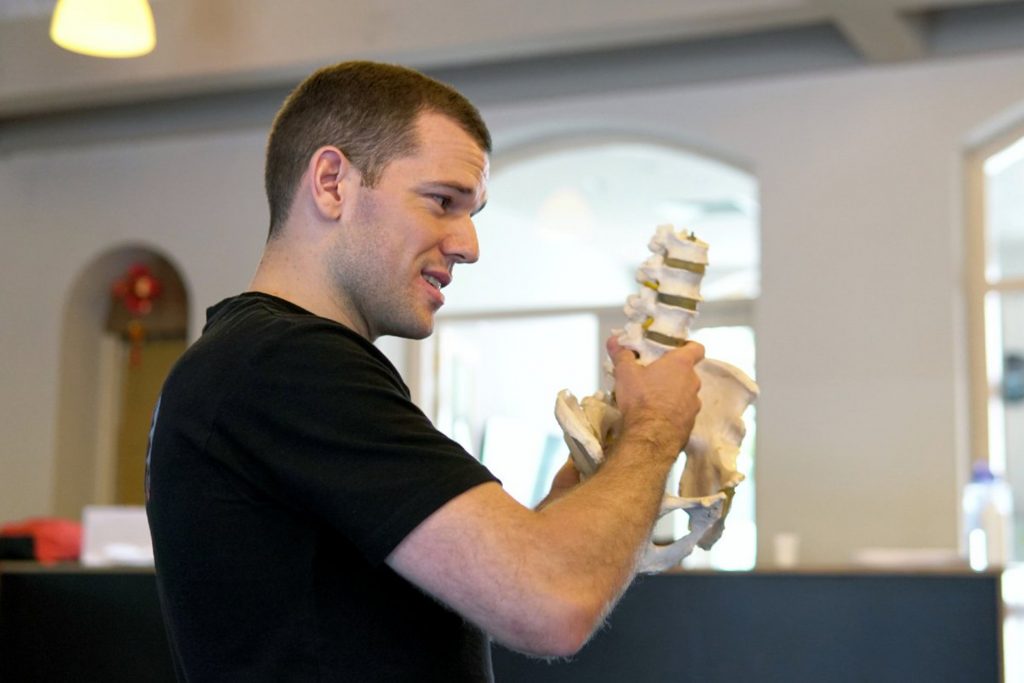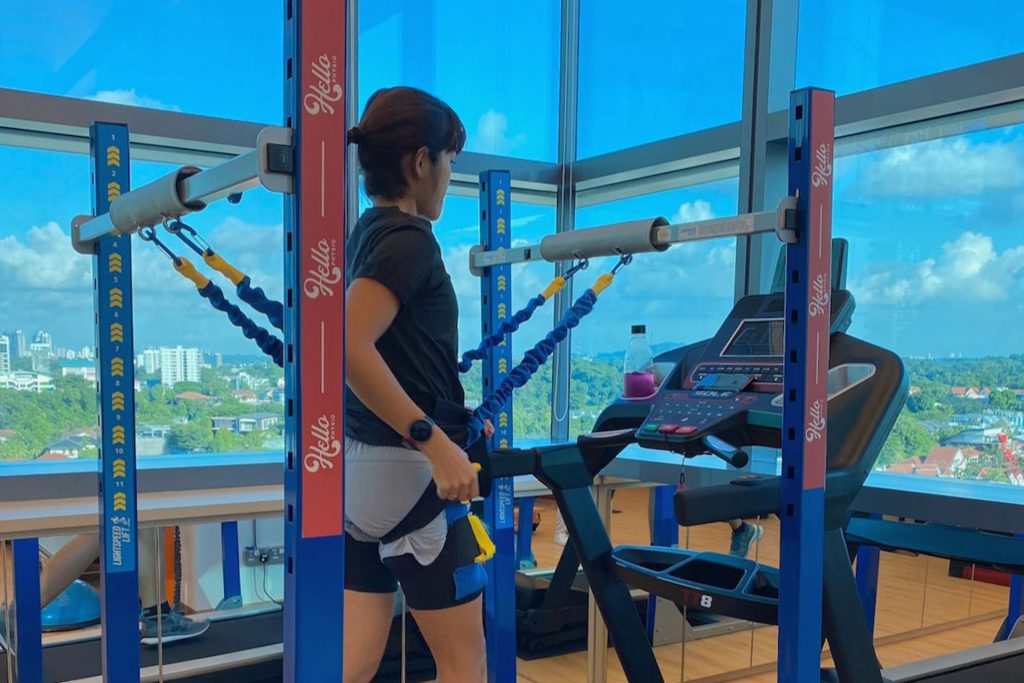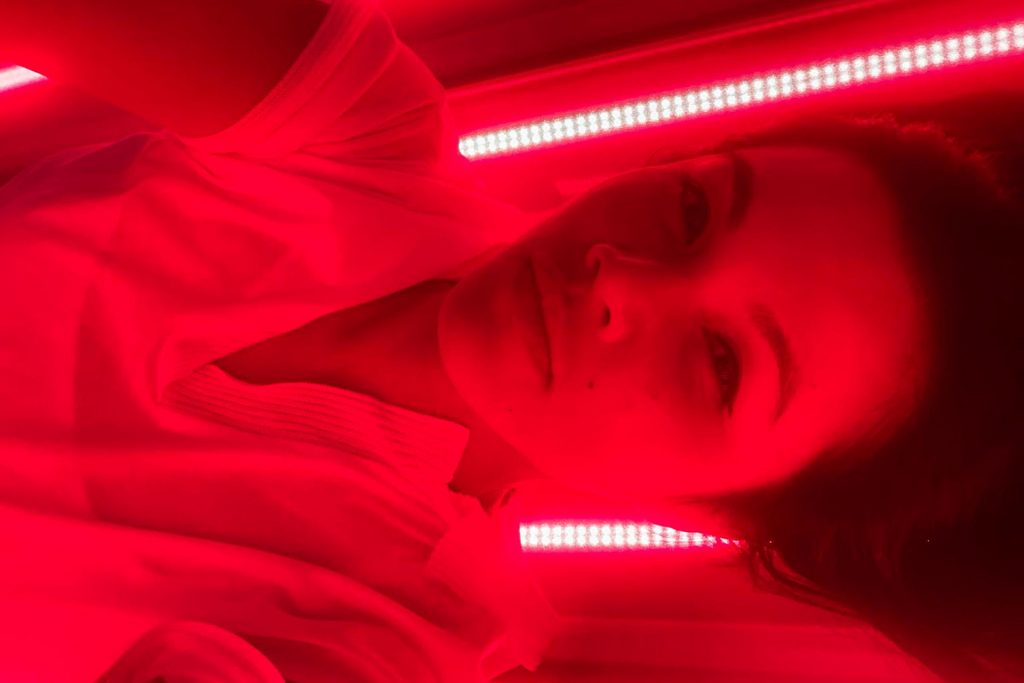|
Getting your Trinity Audio player ready...
|
You’re a runner. Maybe you do it for leisure, or maybe you are preparing for a competition. Maybe you’re part of a group, or maybe you’re running solo. Maybe you’re running fast, or maybe you’re running slow. Whatever it is, you consider yourself a full-fledged runner no matter what distance or speed you’re going.
You look forward to that exhilaration you get during each run, and you love how it makes you feel. That same joy makes you a frenemy with the little discomforts you endure. An achy foot, a sore shoulder and tight hips are par for the course. You may even feel a weird sensation in your knee, but it’s fine. You can still run further and faster; all you have to do is ignore that pain.
As time goes on, the pain worsens. Your knee starts to feel like it’s burning after a run; it becomes swollen and tender to the touch. You keep running, but soon, the pain gets so bad that you can’t keep going.
In cases like that, you might have something called Iliotibial Band Syndrome. Though your passion for running is admirable, it’s always wise to listen to your body when it tells you something. Pain is the body’s main language when it starts to sense an injury.
IT Band Pain, A Common Injury for Runners
The IT band, or Iliotibial band, is a thick band of connective tissue that runs from your hip, through your thigh, to just below the knee. This tissue holds your leg in place when walking or running, giving you stability. IT Band Syndrome (ITBS) pain is a common injury for runners simply because of overuse. Repeated flexion and extension overwhelm the tissue, leading to inflammation and irritation.
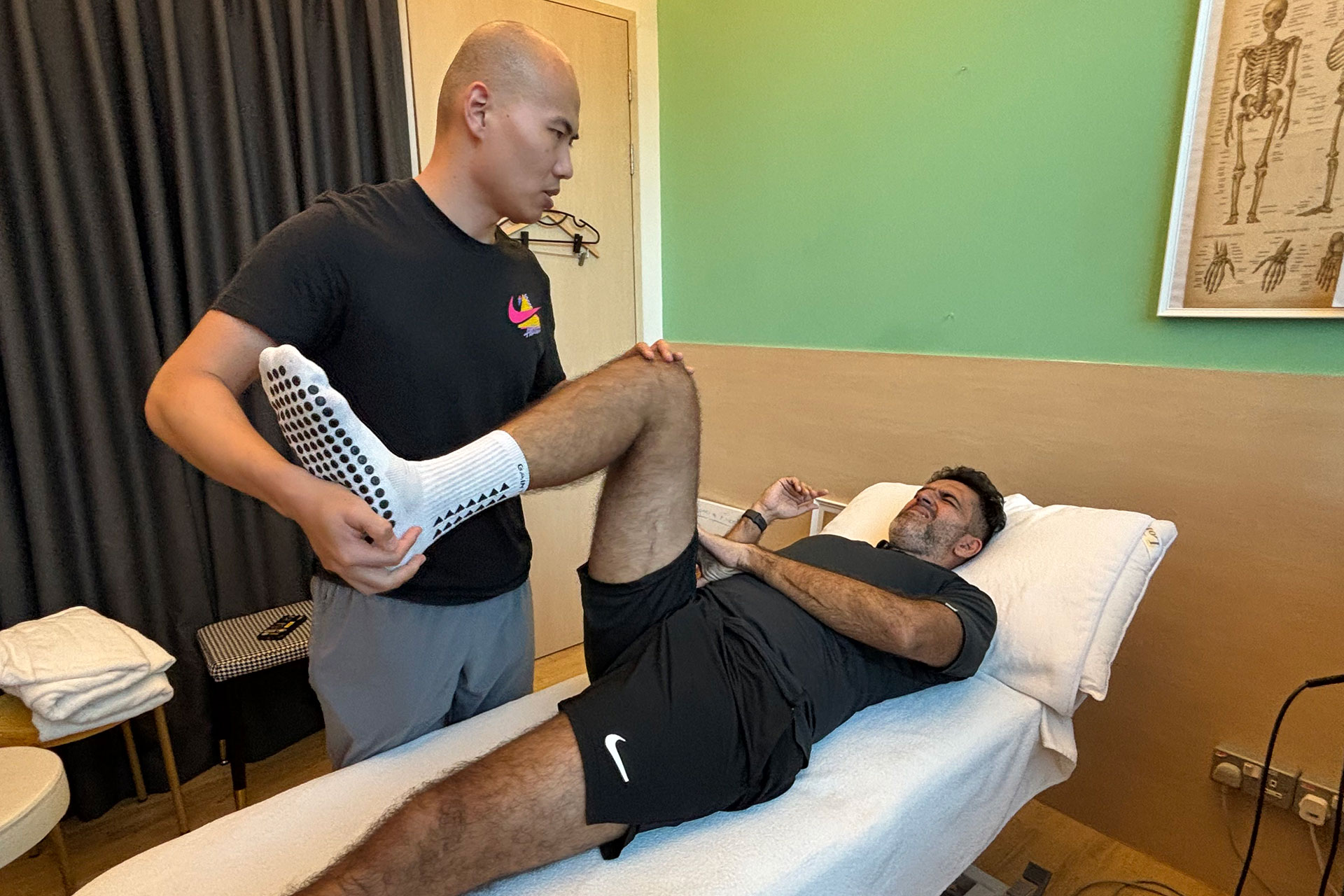
It may seem small initially, but persisting through the pain can aggravate the tissue more. Other factors can also compound ITBS pain. Poor running form can put undue stress on the tissue, and a bad training plan can make it difficult for your body to keep pace.
IT Band Syndrome can feel like a small pest, but it can become more severe. There are a few ways you can handle the injury. Rest and icing the knee are typical, but these may not sound enticing to a runner getting into their stride. You can start incorporating foam rolling into your routine, along with proper cooldowns and warm-ups, to ensure the iliotibial band is ready for your runs without ITBS pain.
Adjunctive Treatments Beyond Manual Therapy
Thankfully, there’s also supportive technology available to help runners eager to get back on track. Custom-made orthoses can correct gait issues if your IT Band Syndrome stems from a biomechanical issue.
Using decades of experience and as top elite athletes, HelloPhysio’s physiotherapists can precisely pinpoint where your injury is coming from, whether overpronation of the leg or an uneven gait. They bring the latest in-treatments from INDIBA® Activ, Shockwave Therapy, LightStim® Red Light, and other advanced modalities to manage ITBS pain.
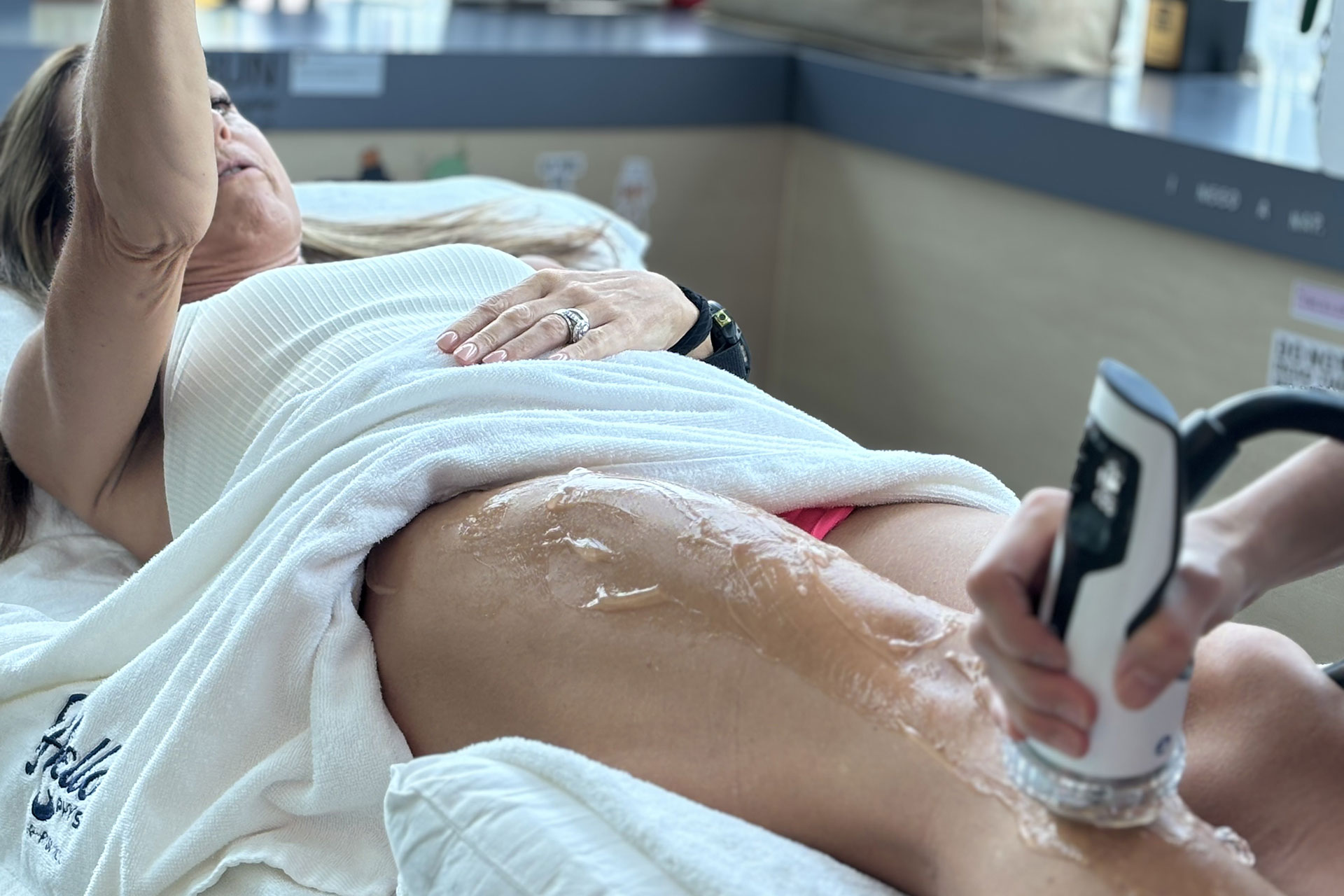
A physiotherapist can also be vital in helping you build out your recovery and training plan. IT Band Syndrome or other injuries often stem from the runner being too excited and overambitious with their training. Rather than build towards long runs, they dive right into it, impatient to see faster results. That can be a critical misstep, as the body isn’t ready to take on such a challenge without adequate preparation.
A physiotherapist can walk you through what a proper training plan looks like, with a gradual increase in intensity and duration of exercise. They can talk to you about what you should do to warm up and cool down and the importance of the rest day.
On top of that, they can also show you proper stretches and strengthening exercises to help remove some of the stress on your knee. More importantly, they can talk to you about your shoes. It should come as no surprise that your running shoes are a critical part of your running form. If your shoes don’t support you, they’re hindering you. A physiotherapist can walk you through what type of shoe best supports your body and training regimen.
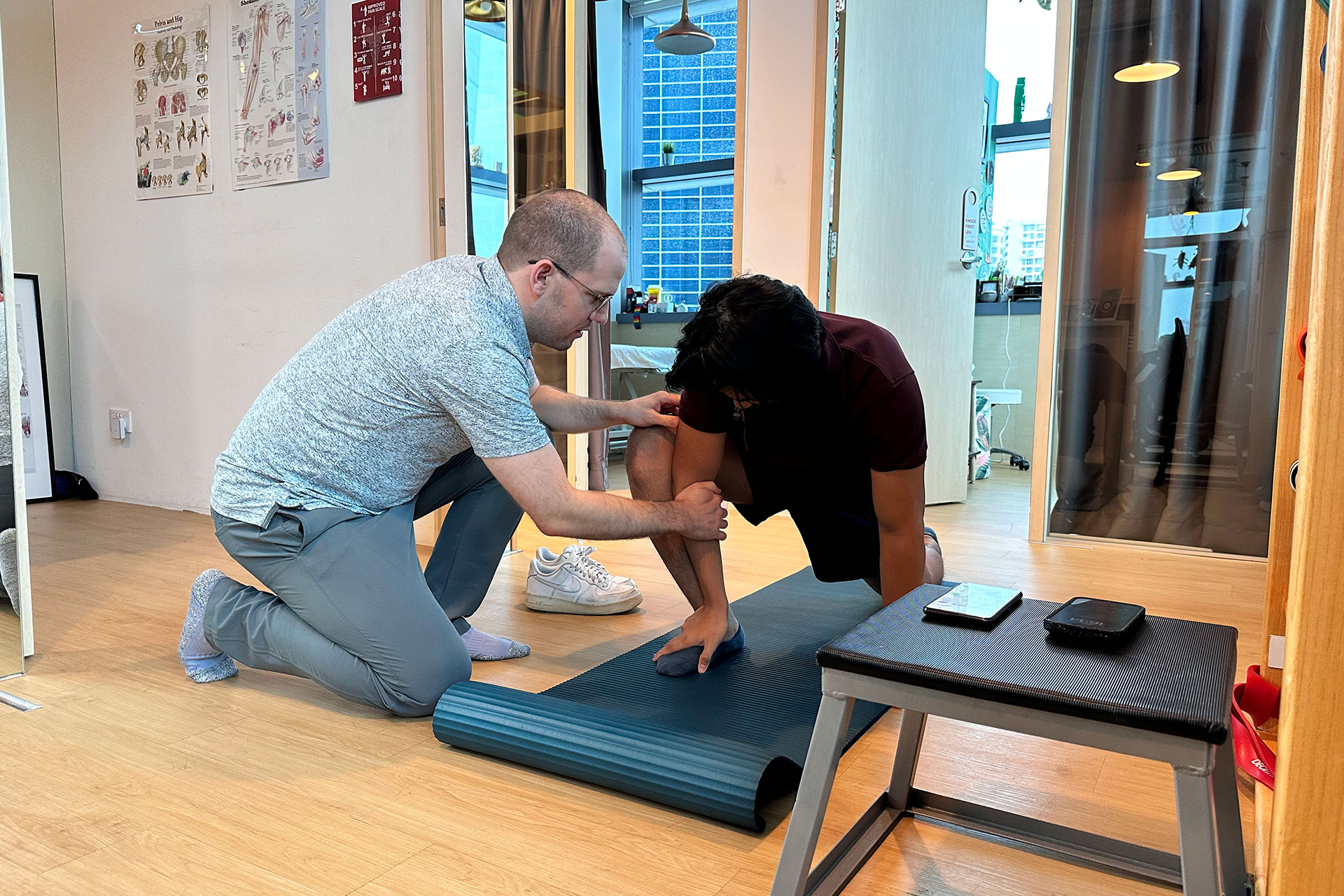
IT Band Syndrome is not a lifetime condition. It’s something that can be managed with the right care and attention. What that means is that you listen to your body. If you’re starting to sense pain in your knee or any other part of your leg while you’re running, visit HelloPhysio so we can get you back on the road swiftly and safely.

